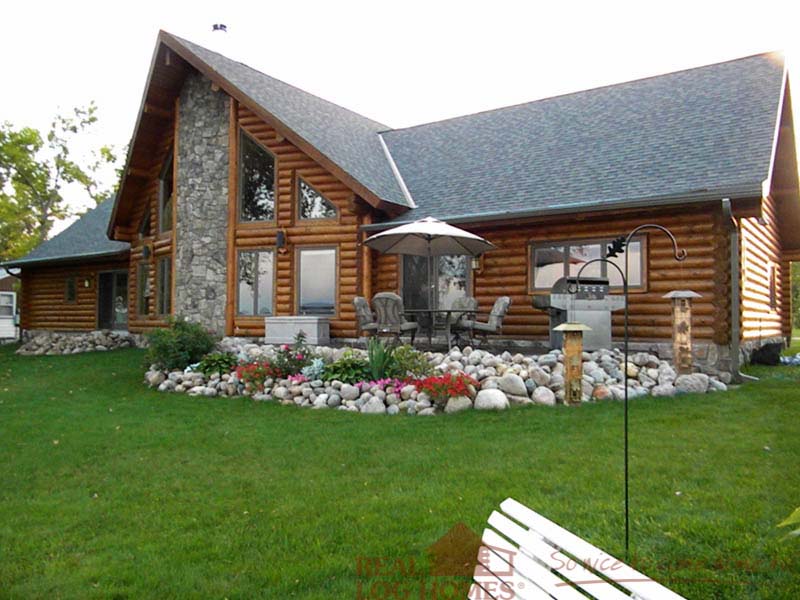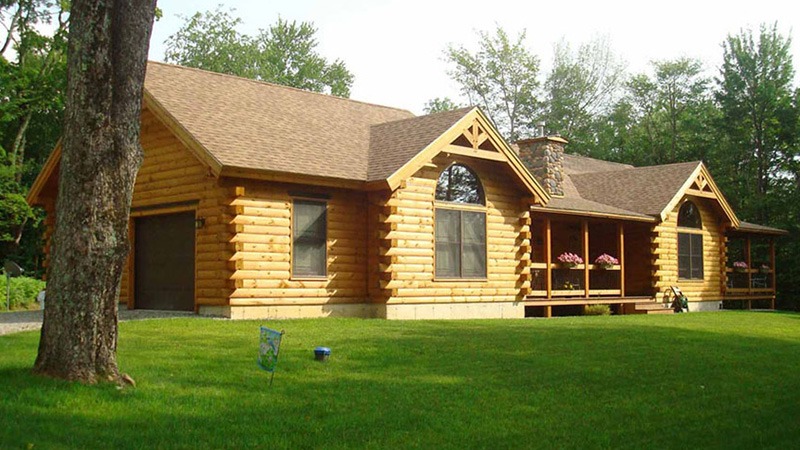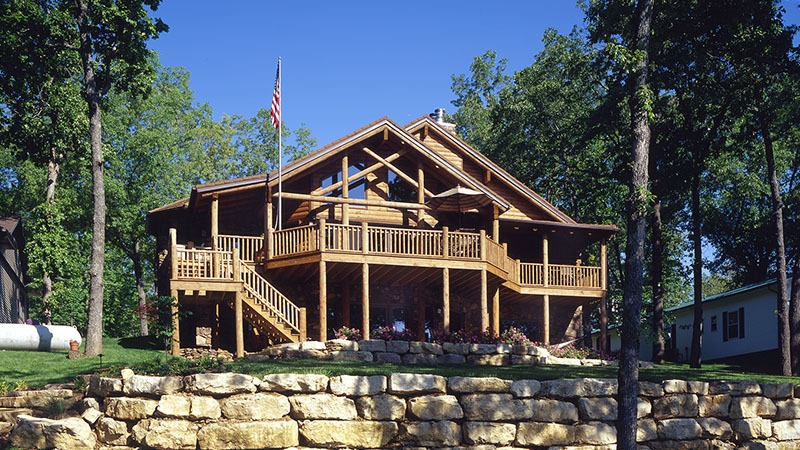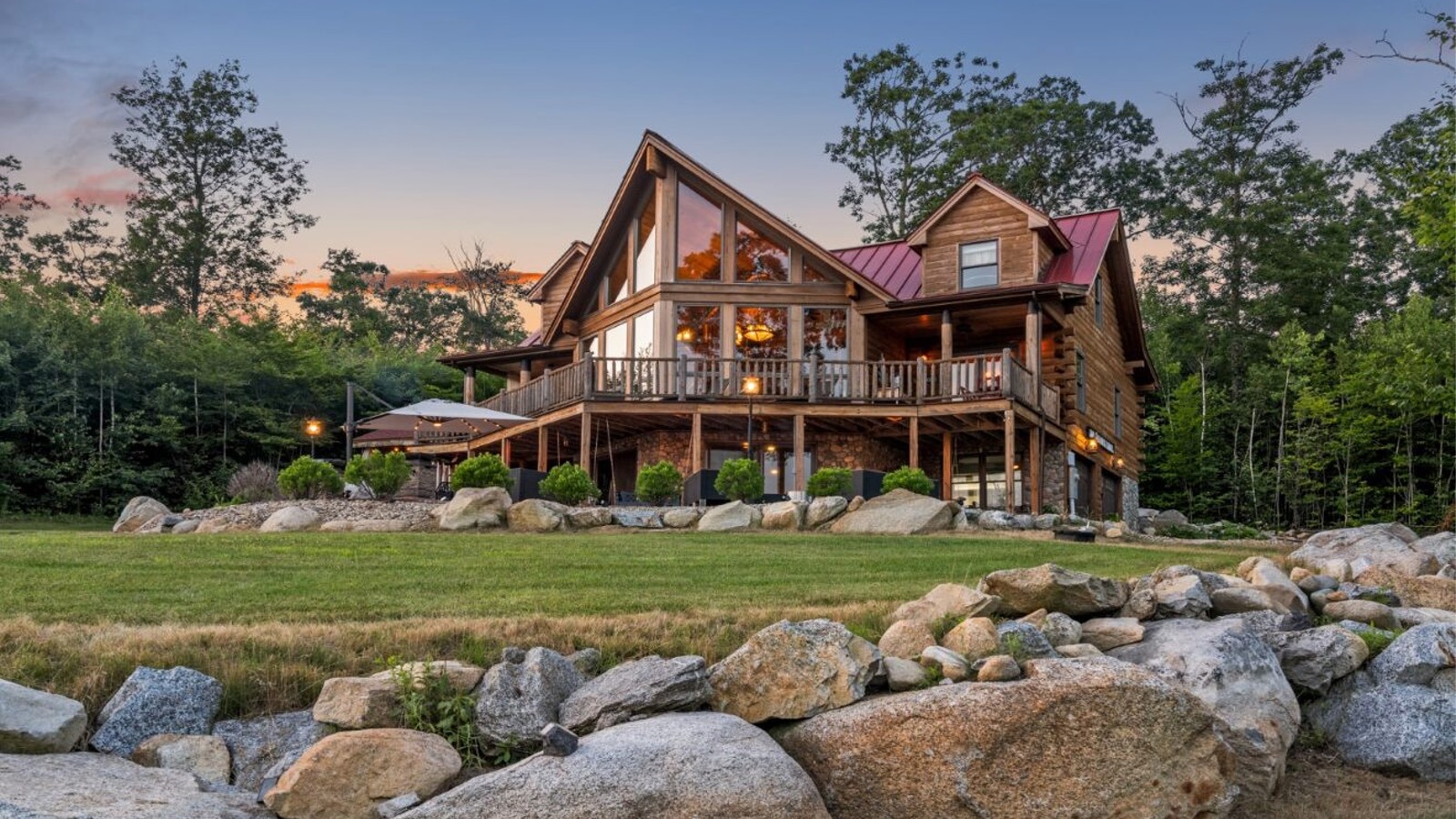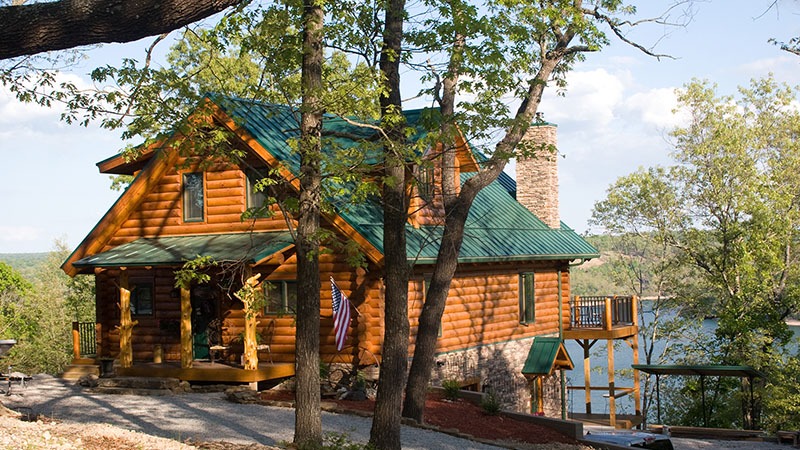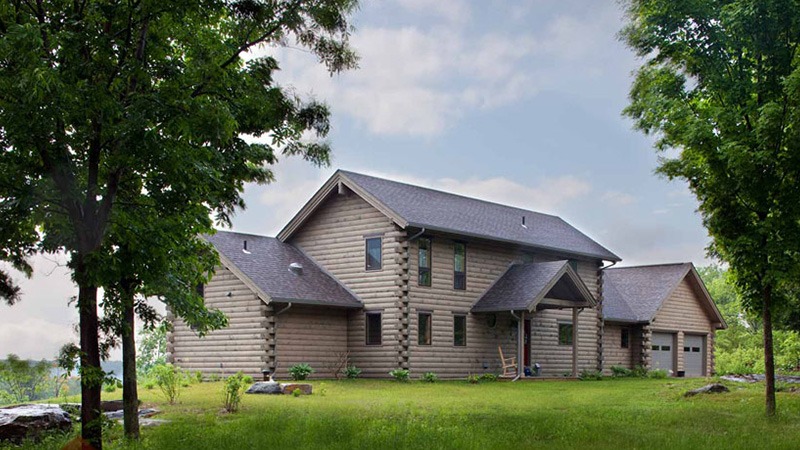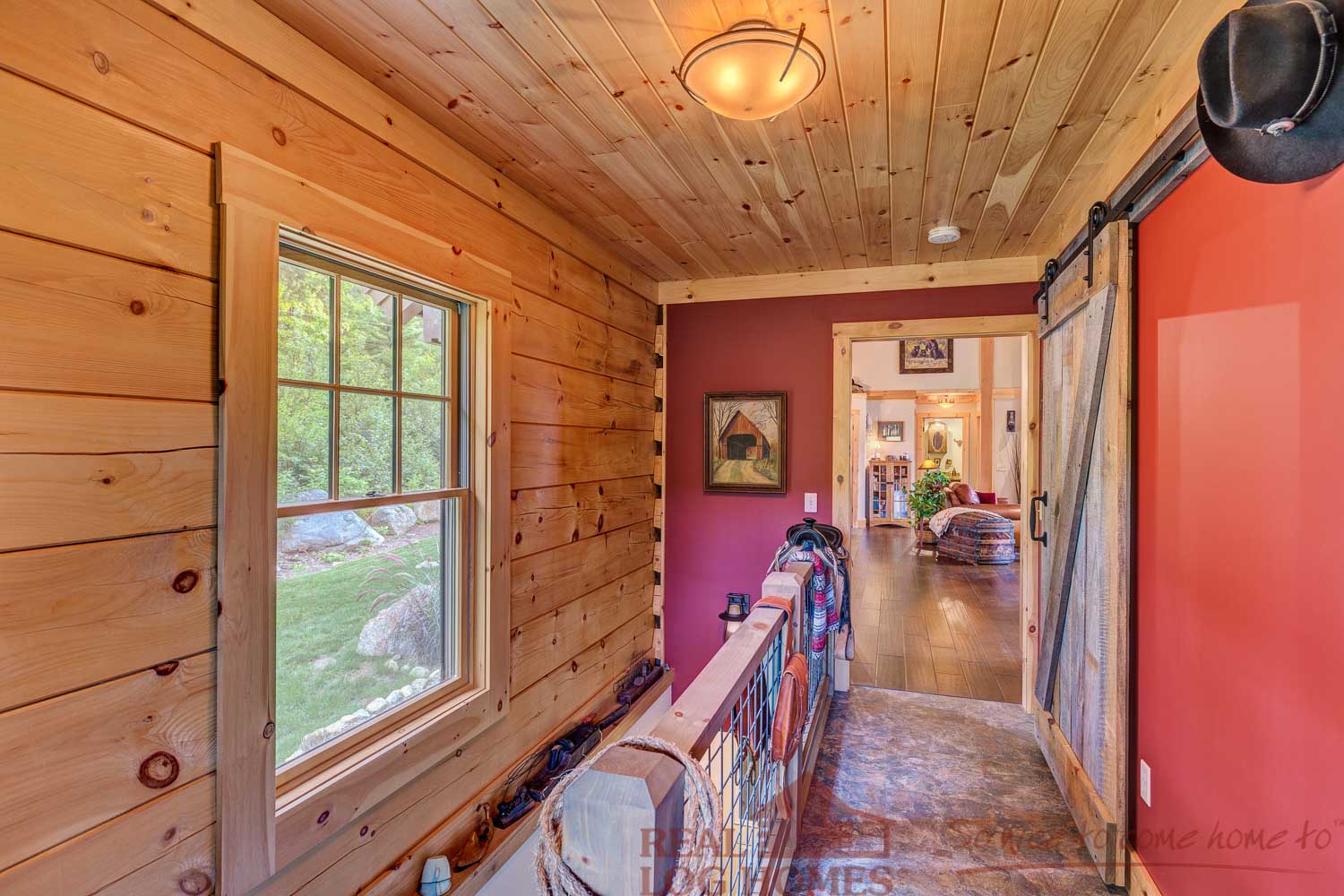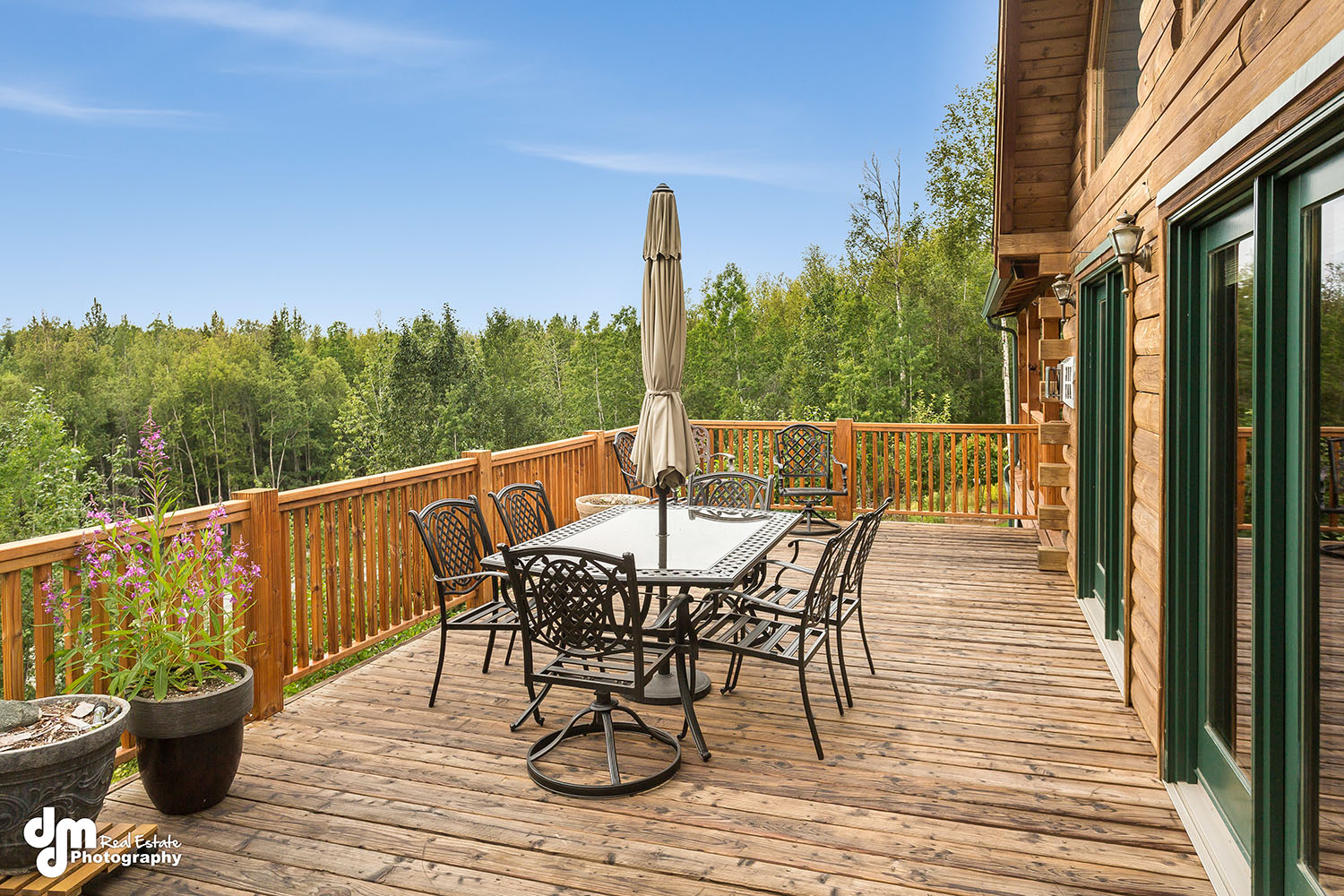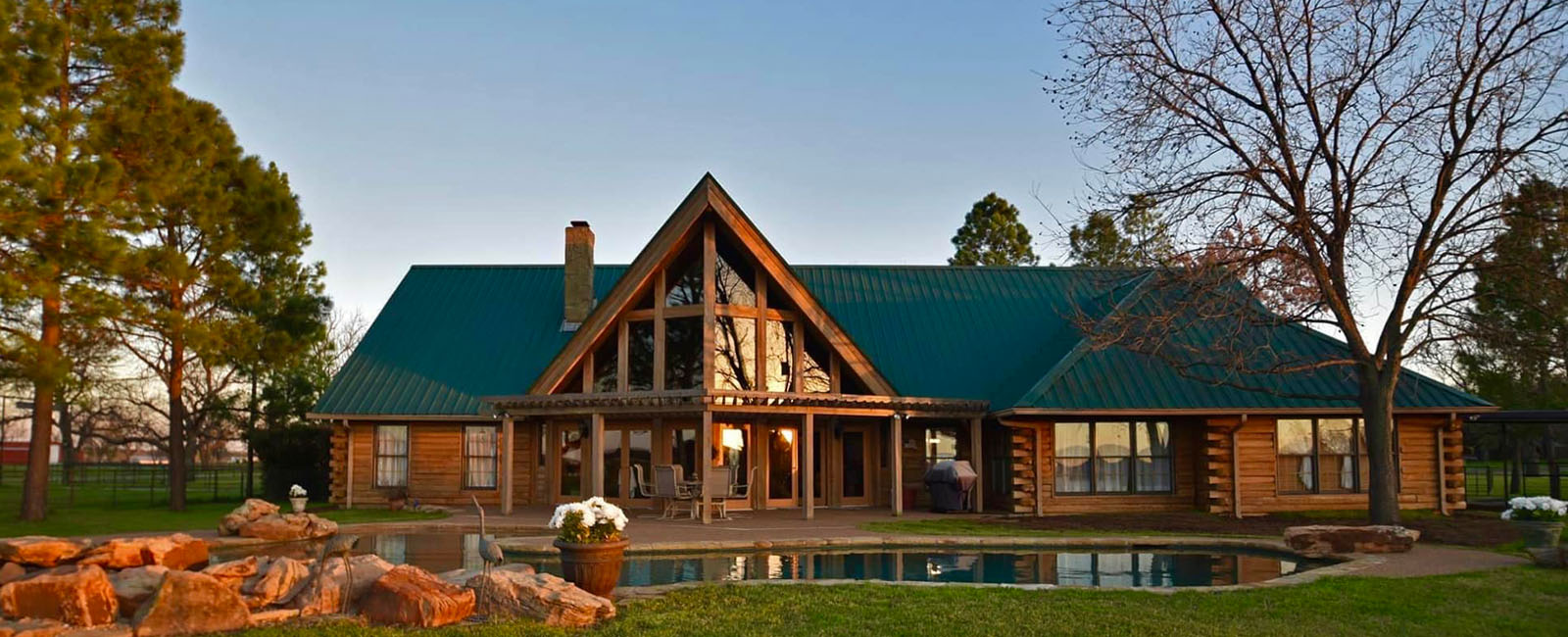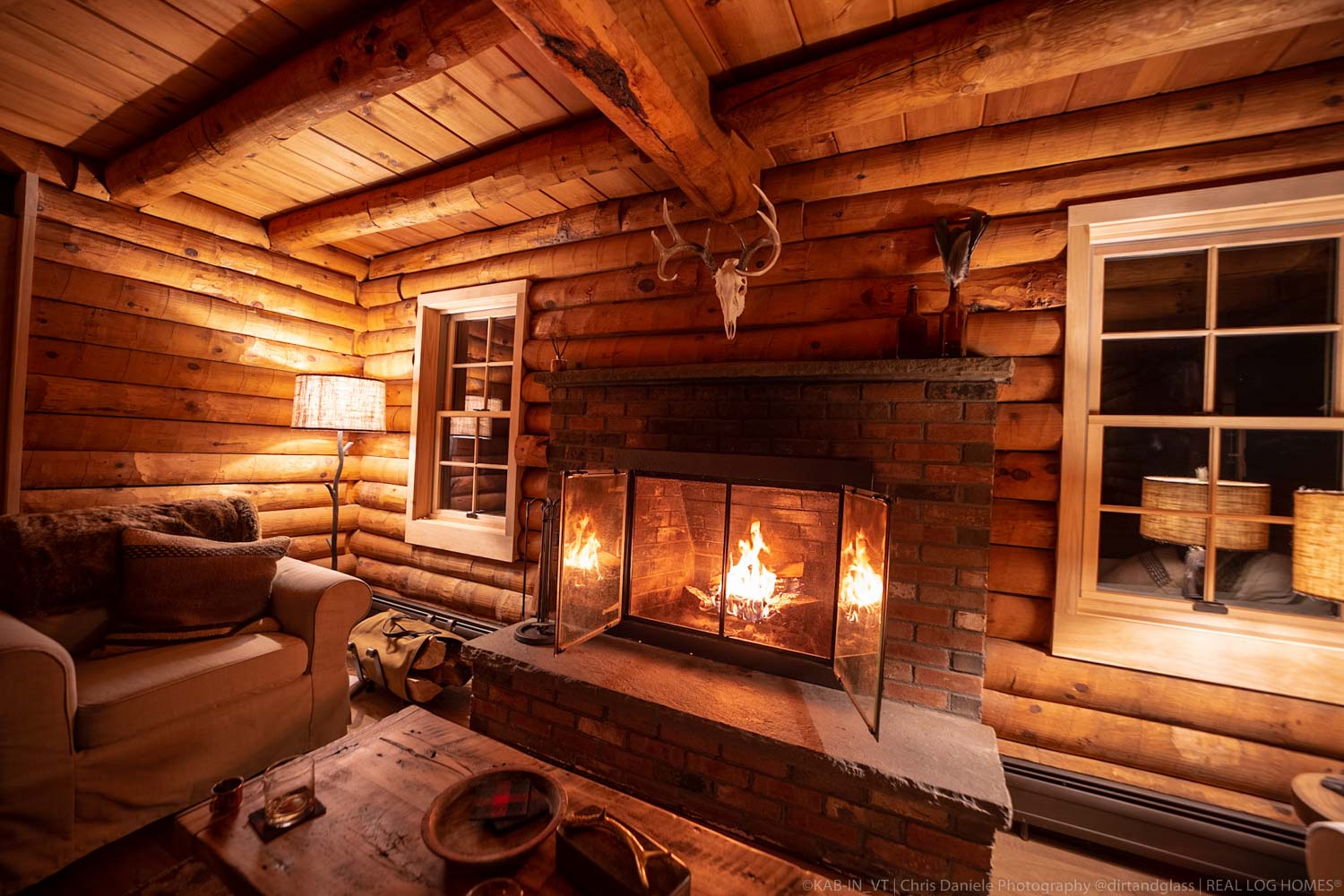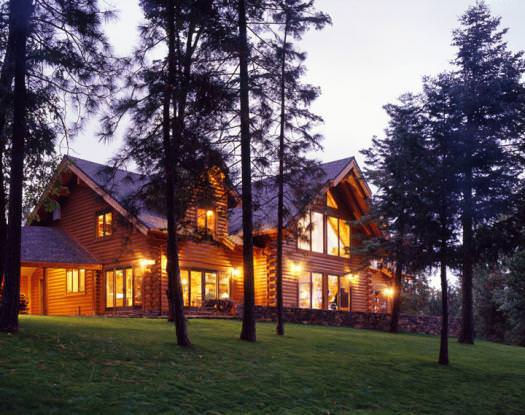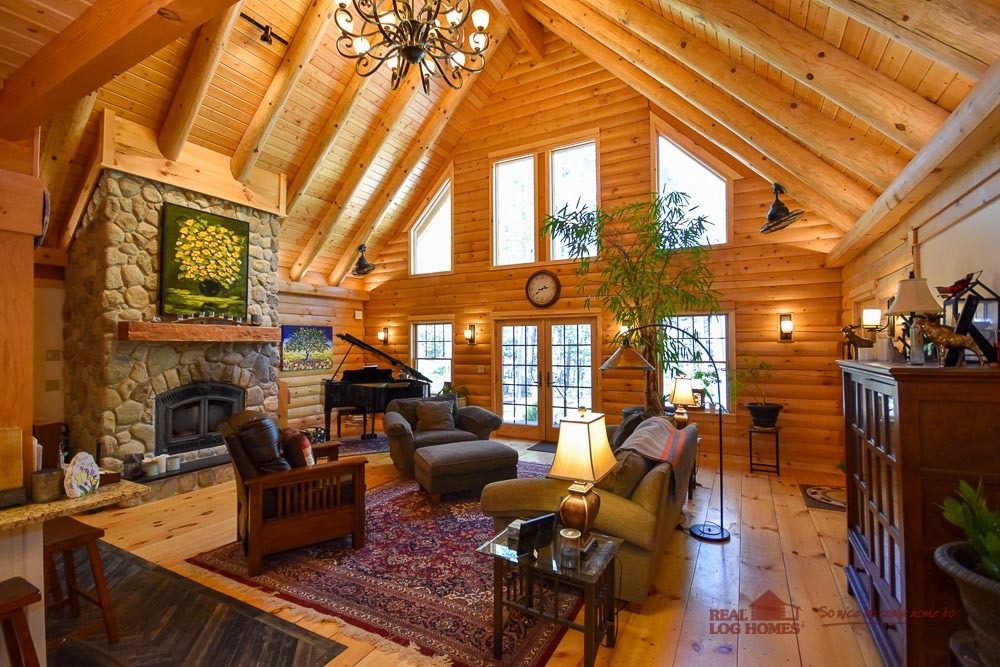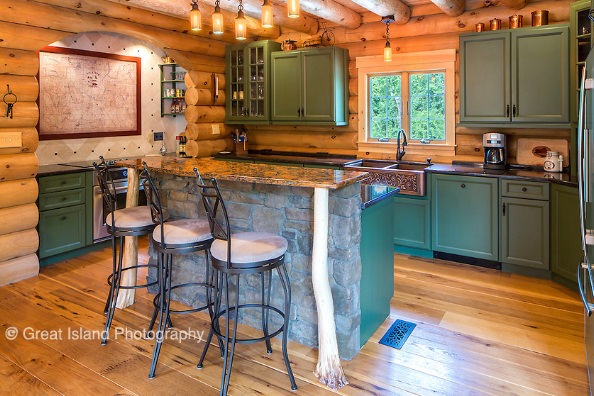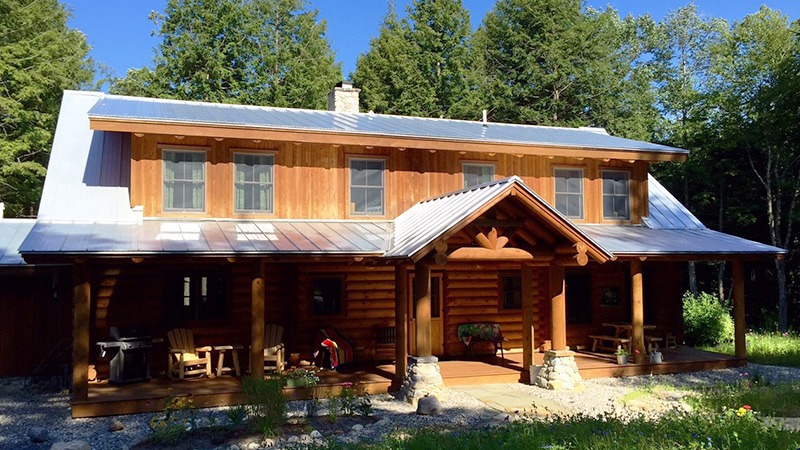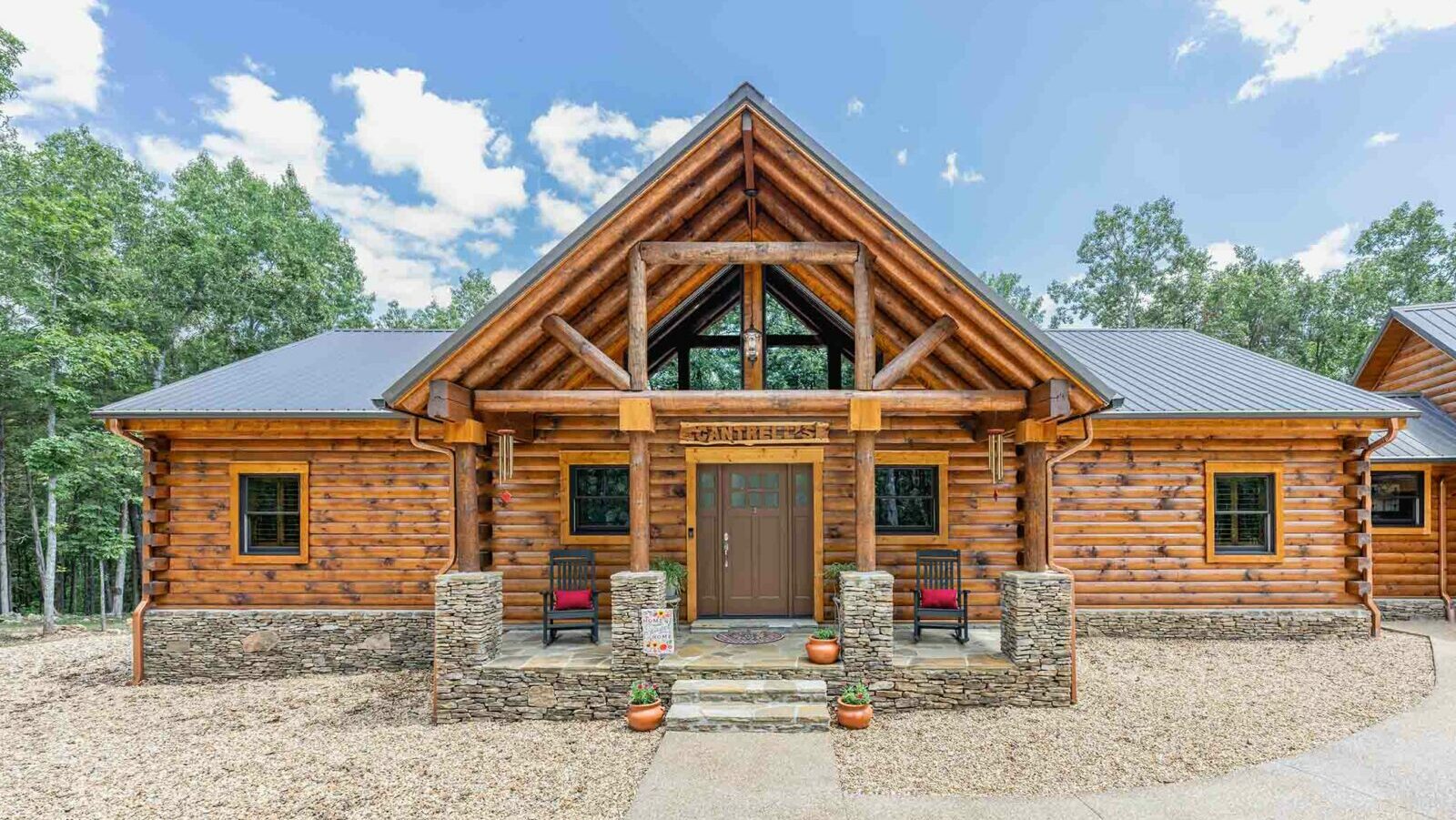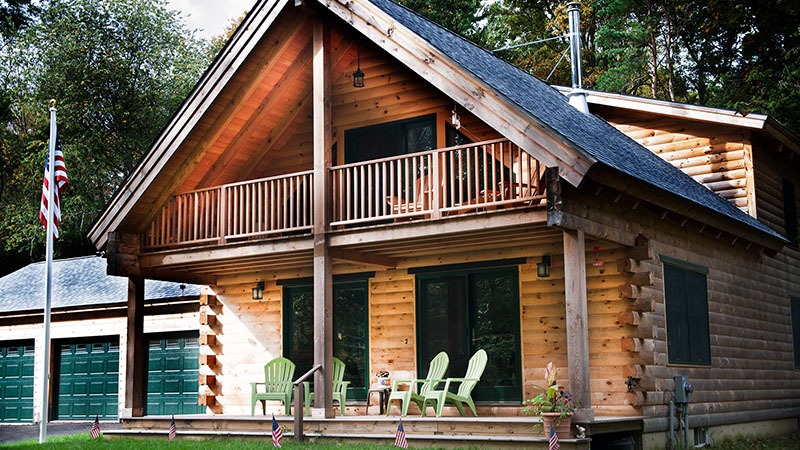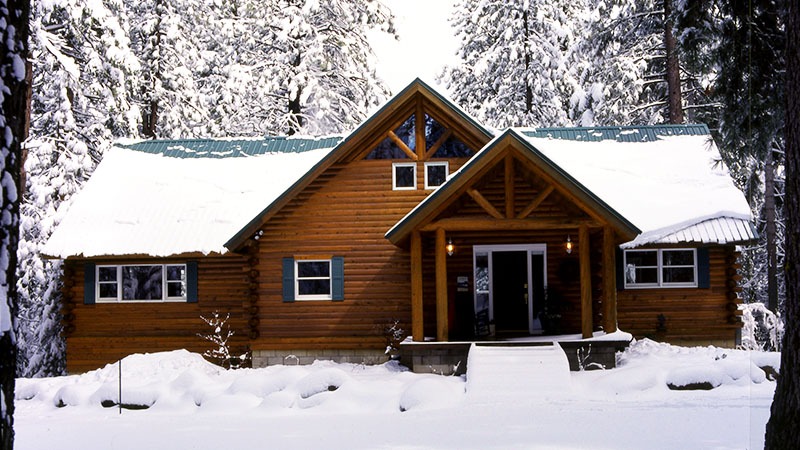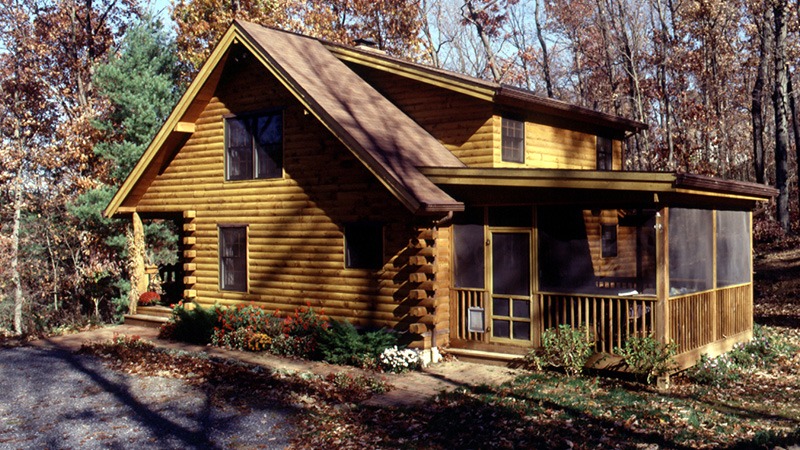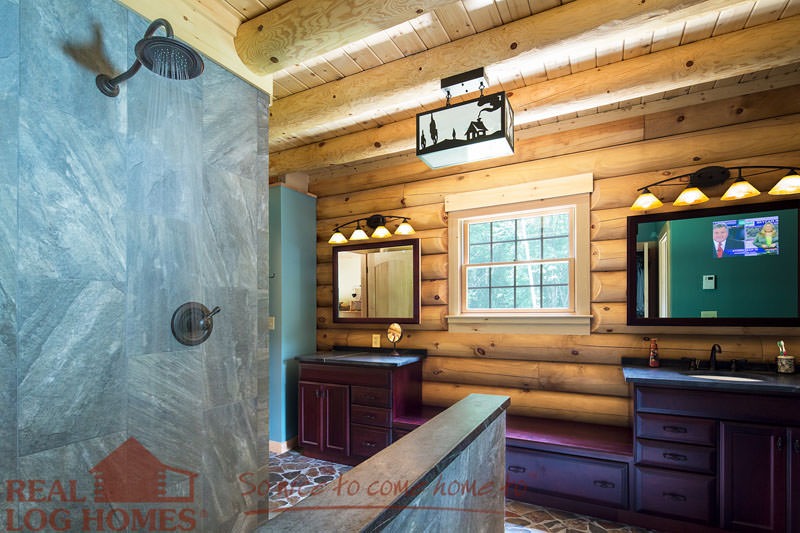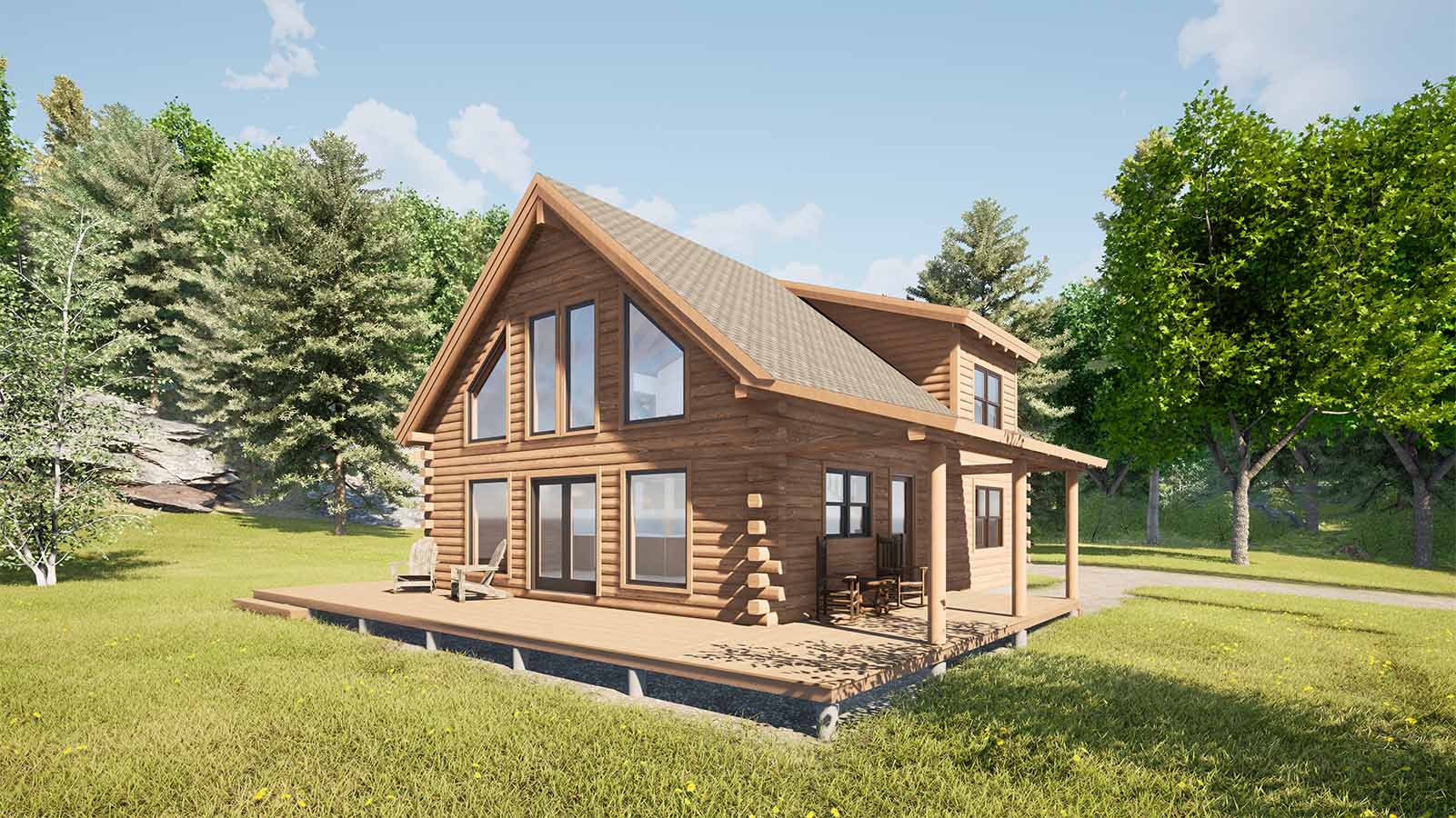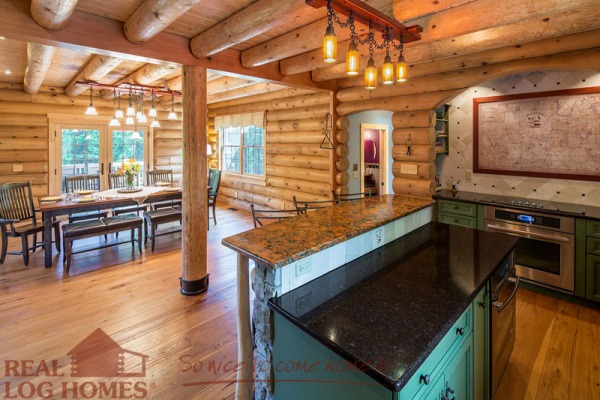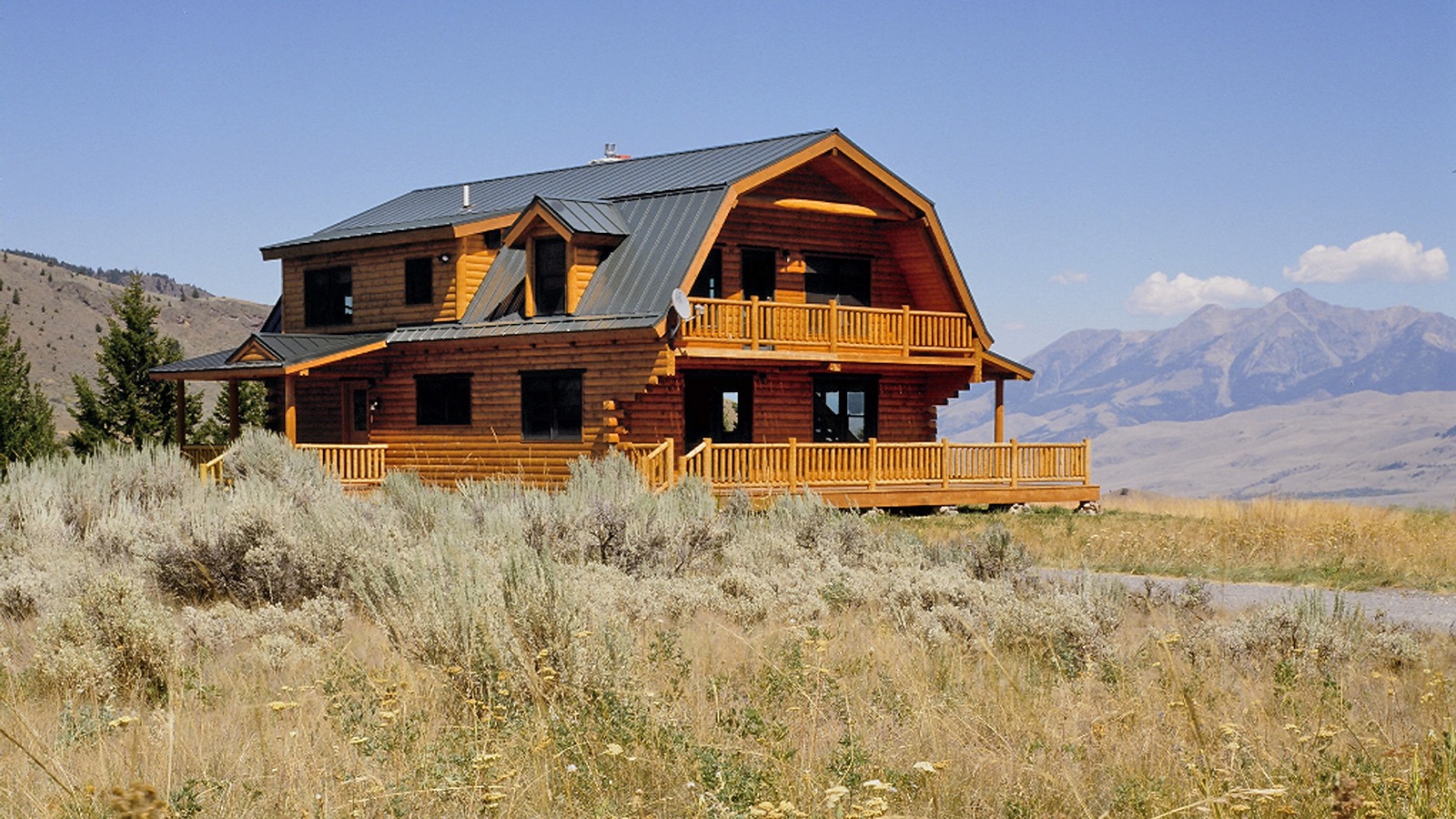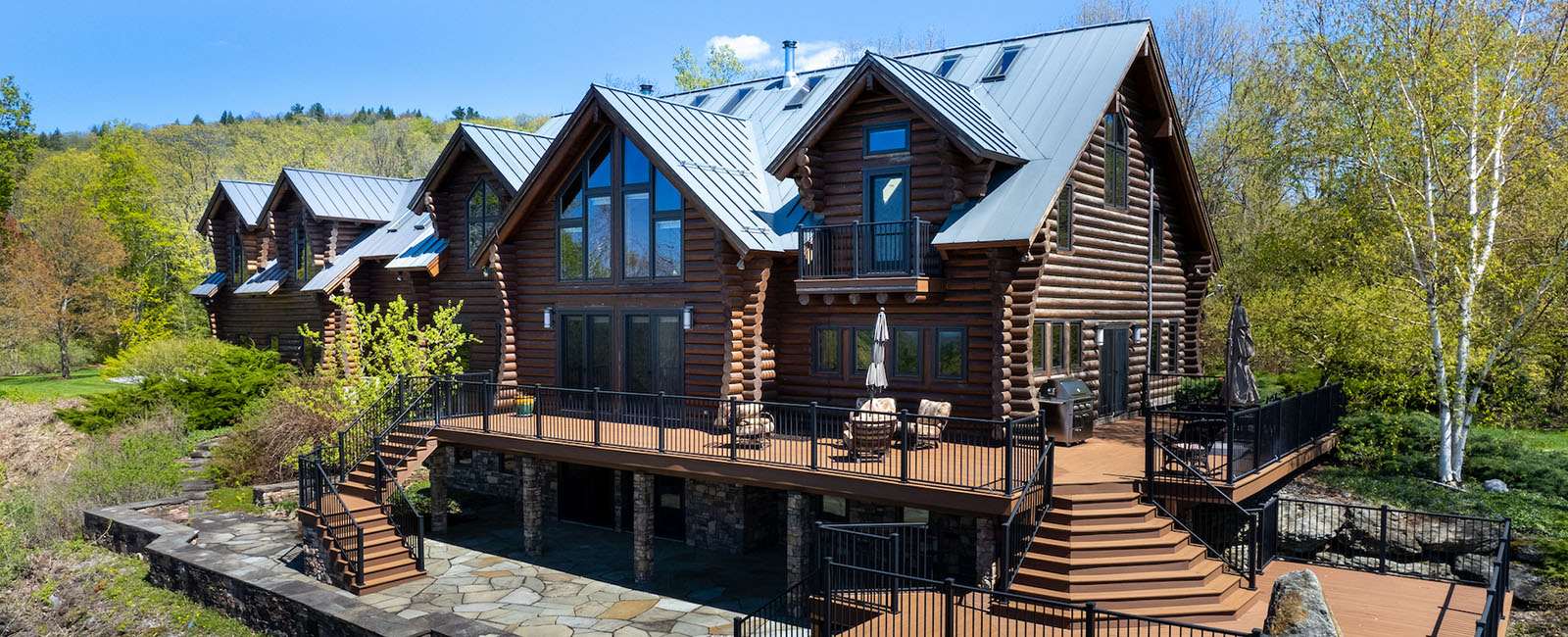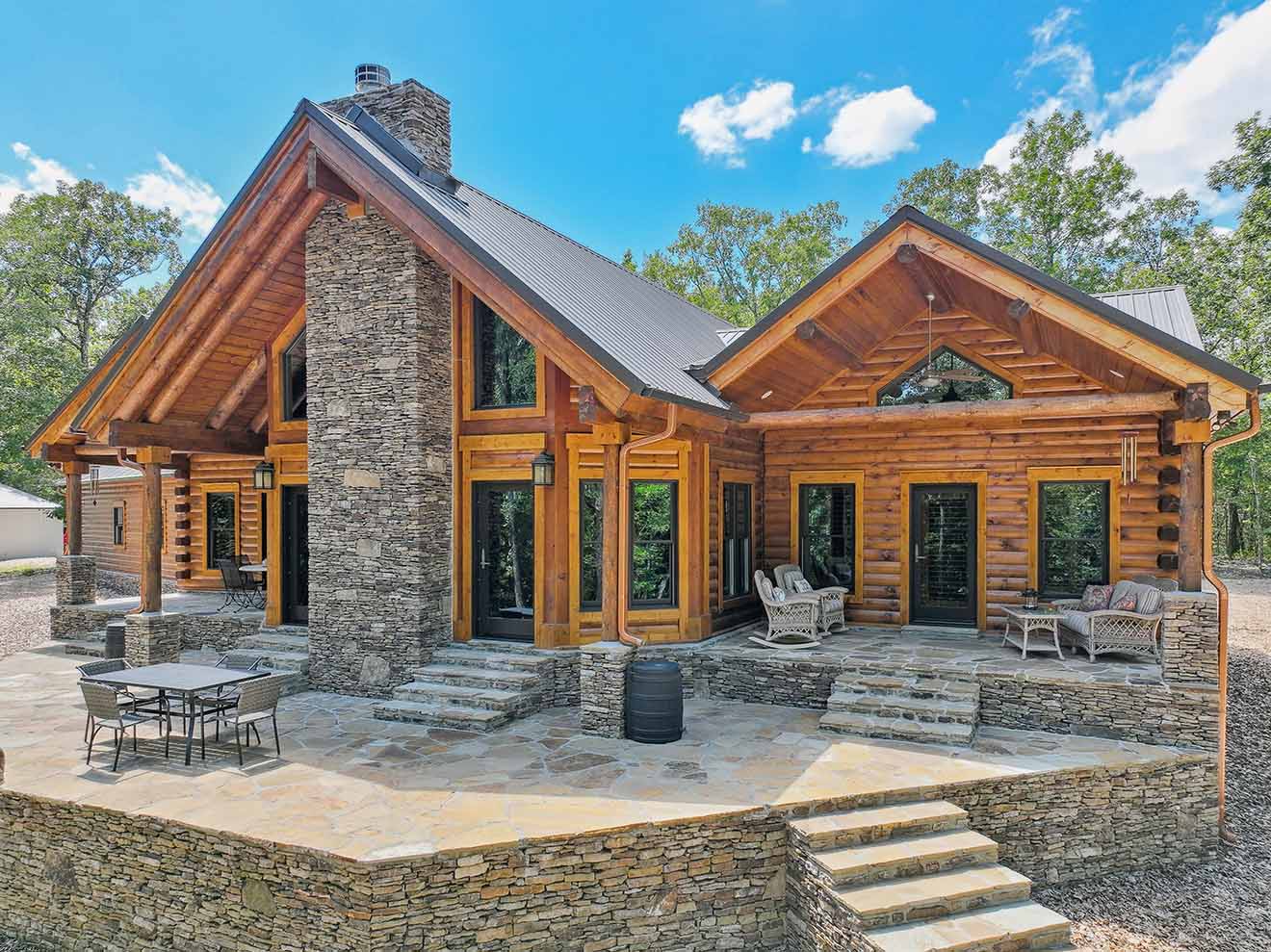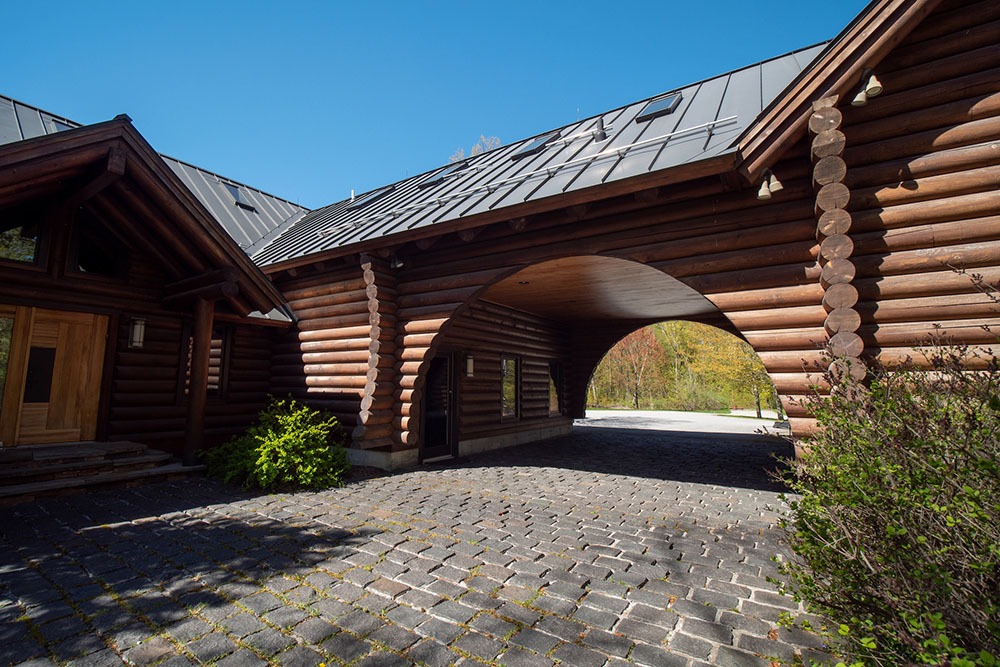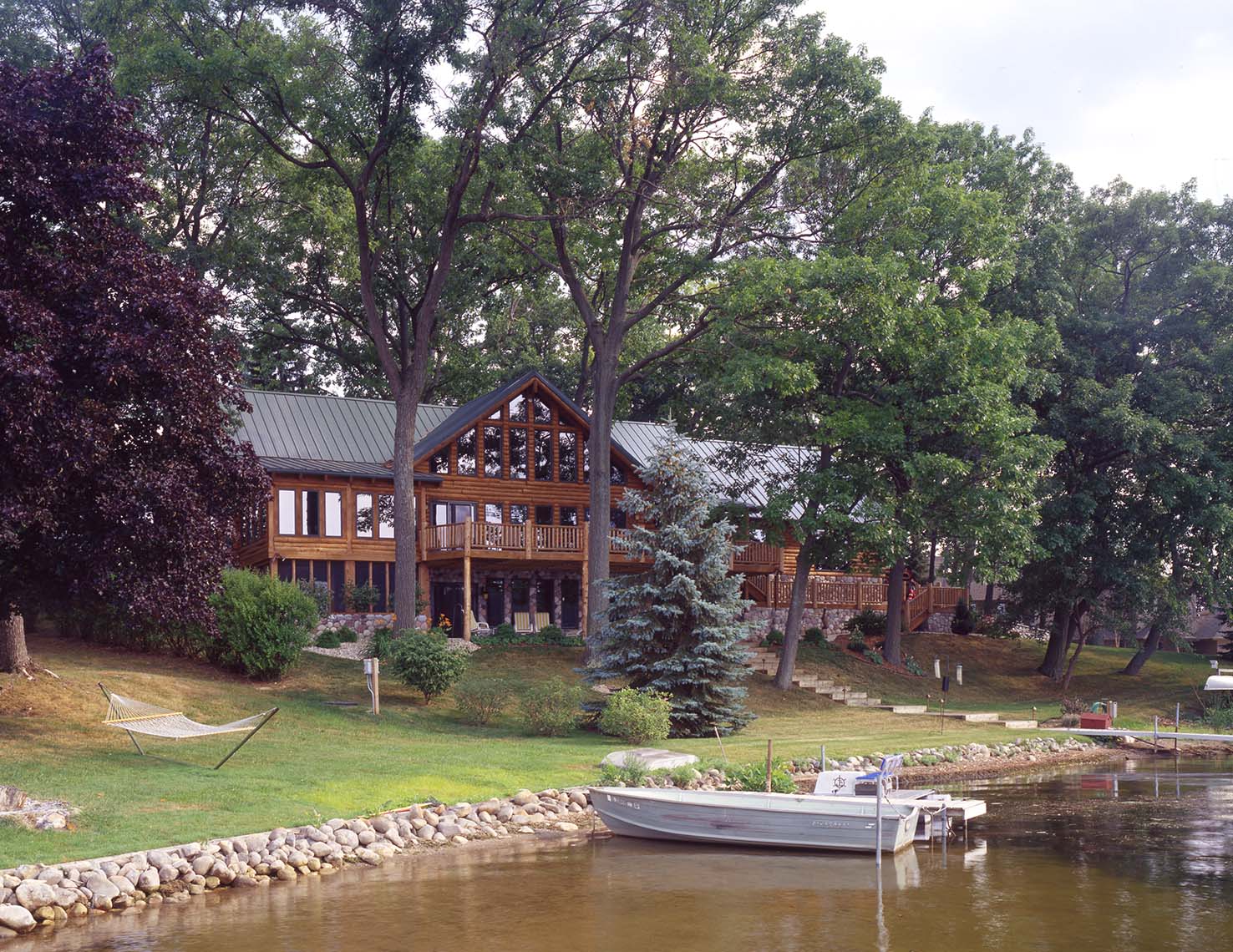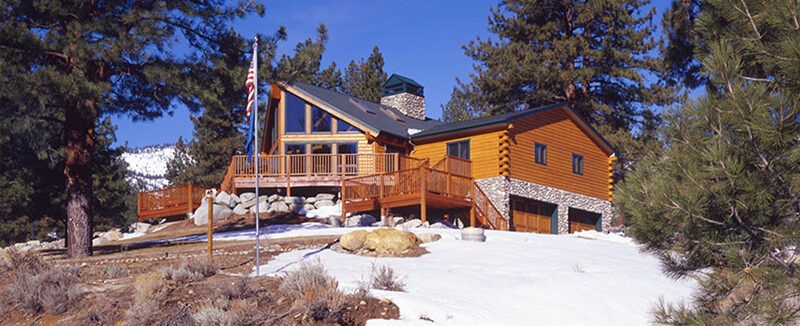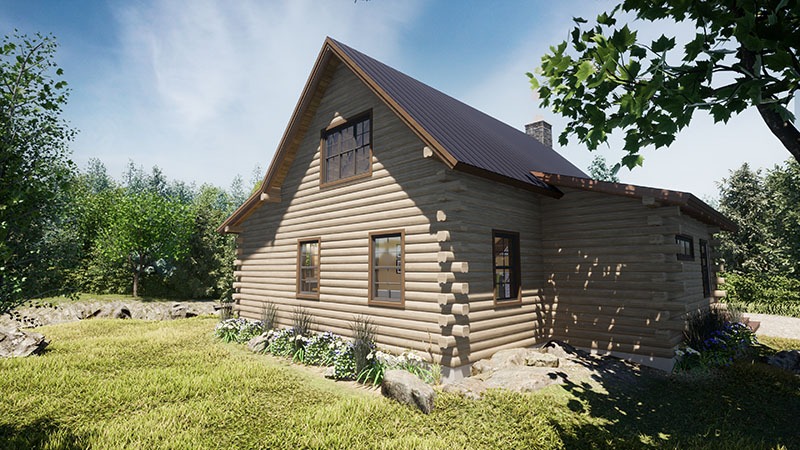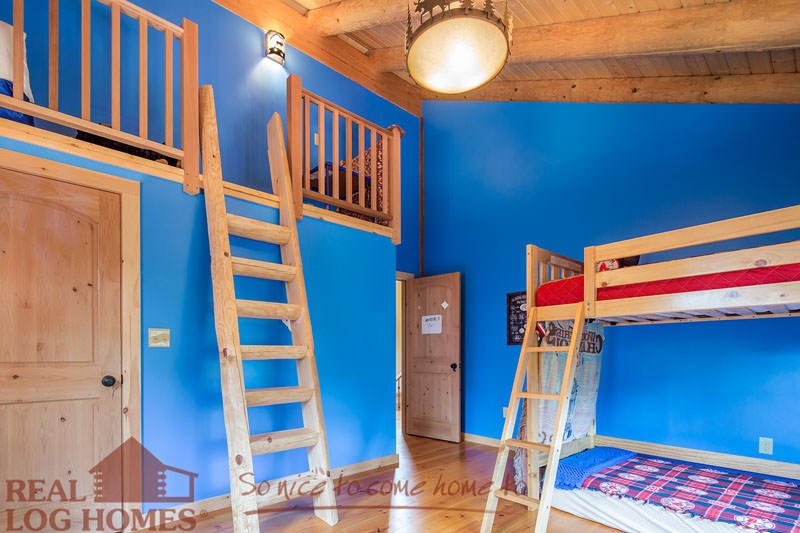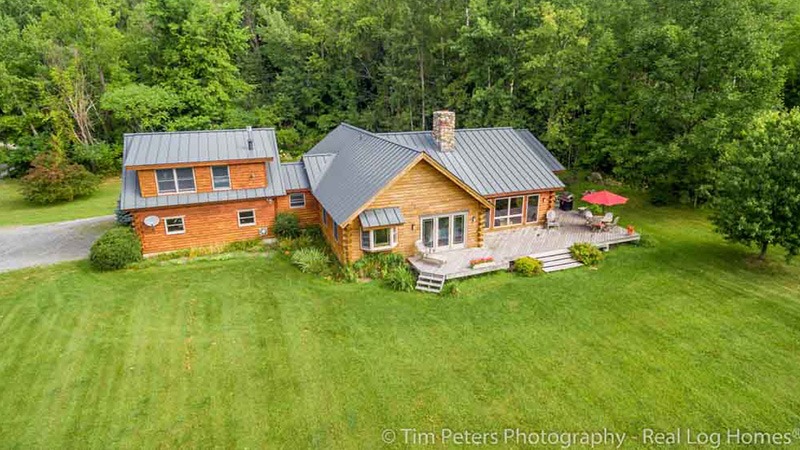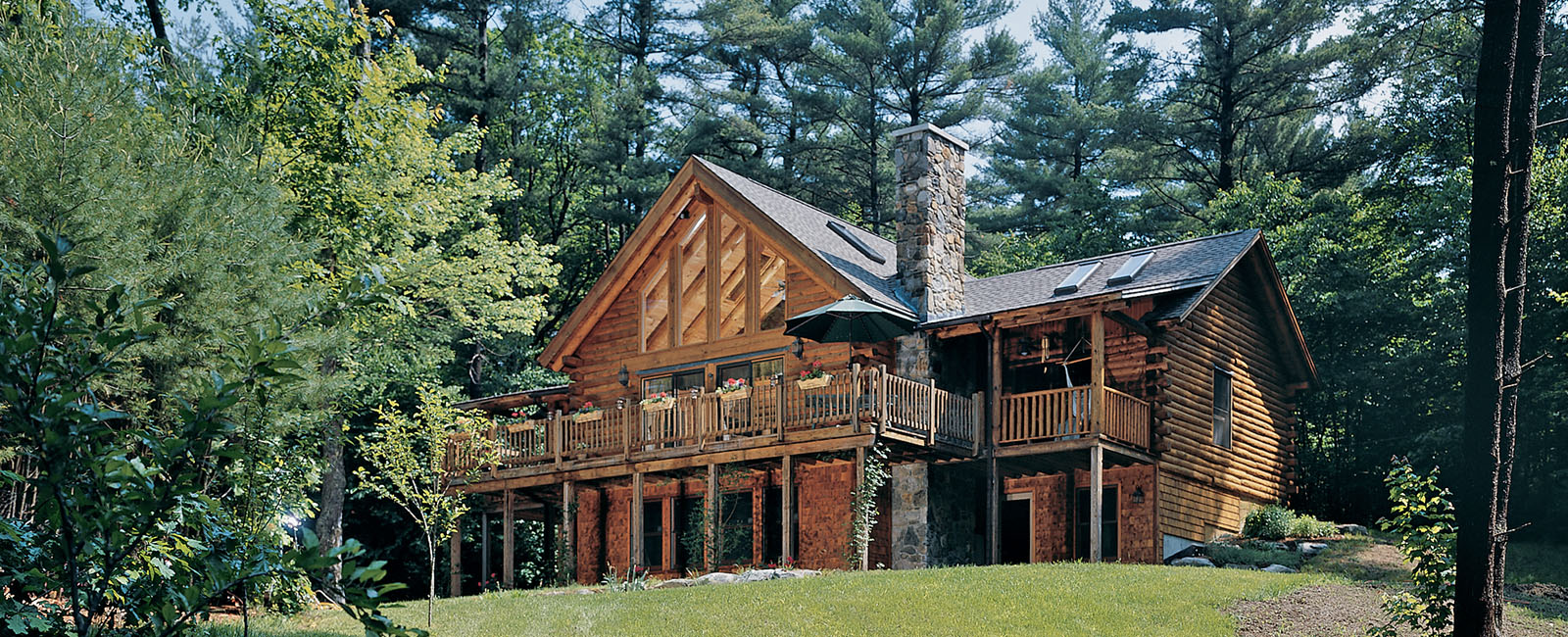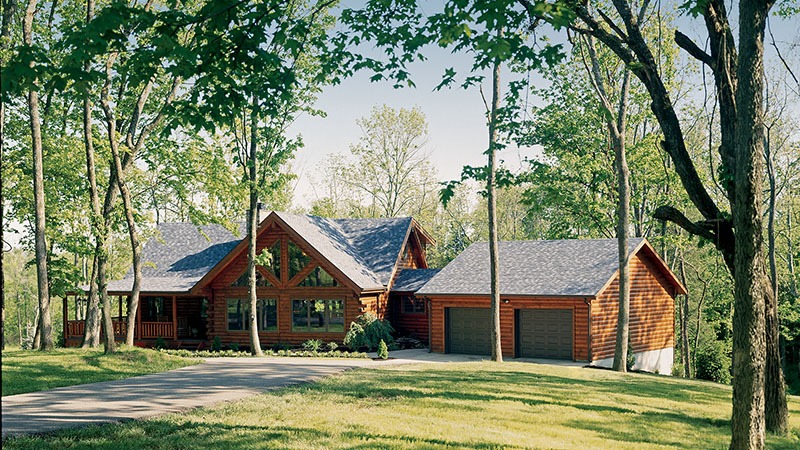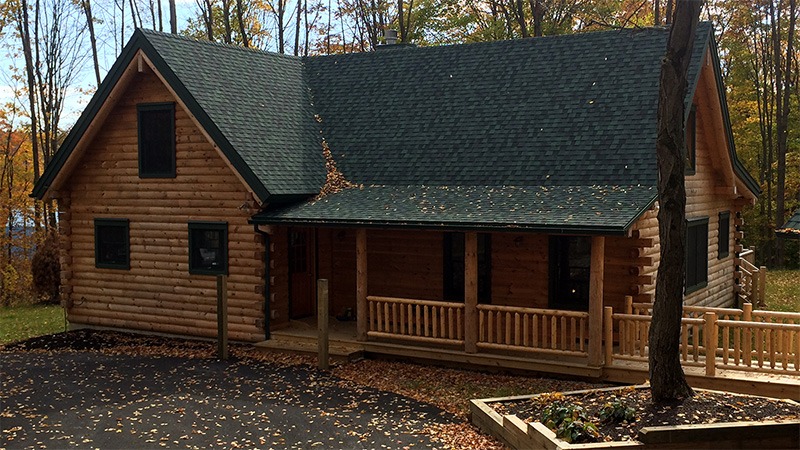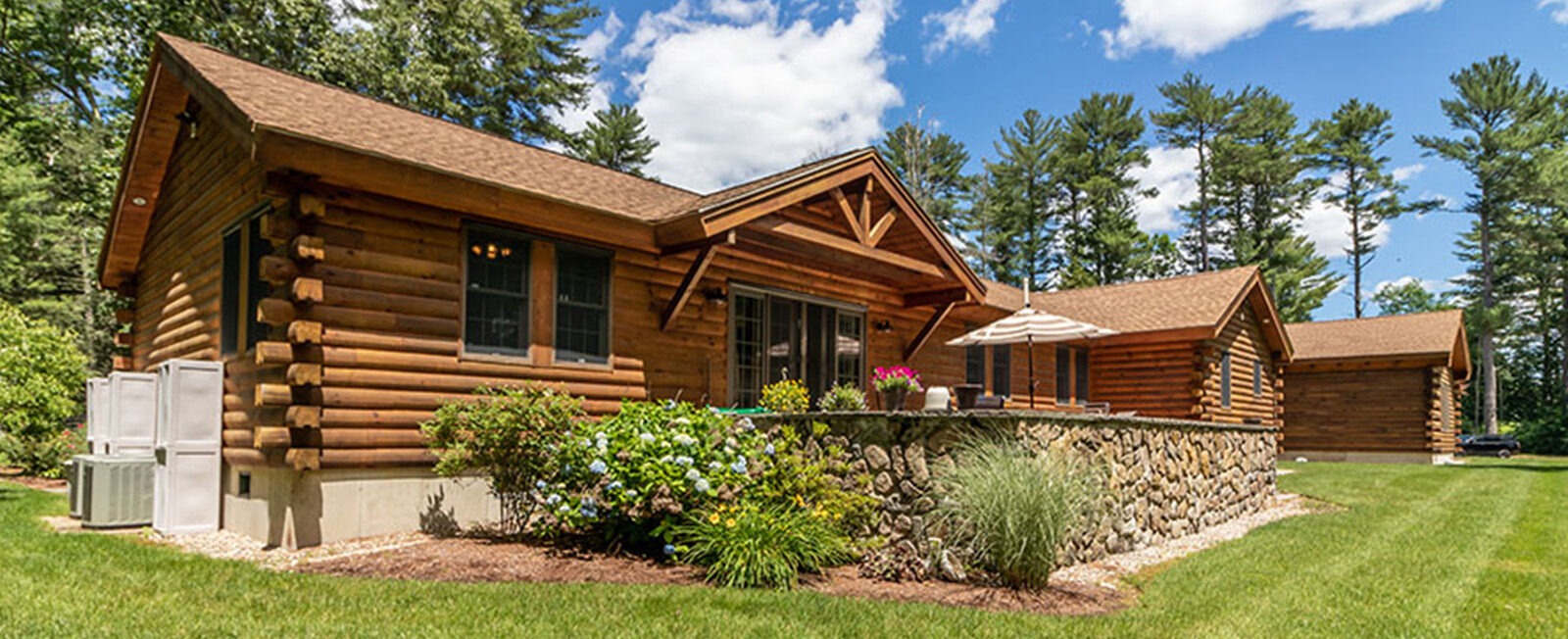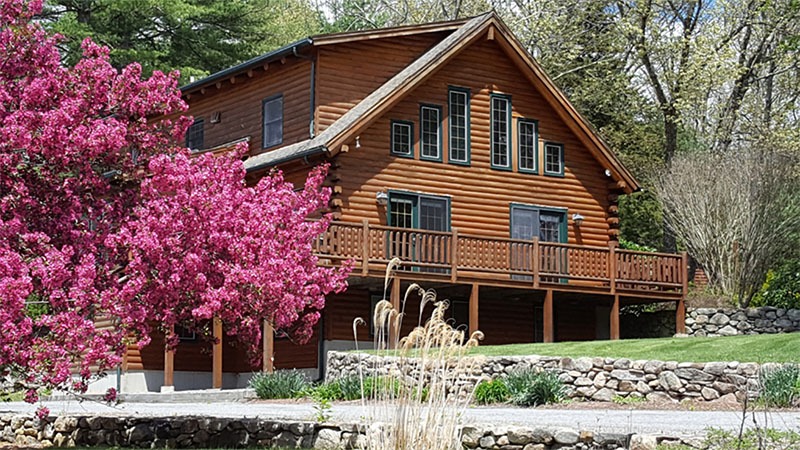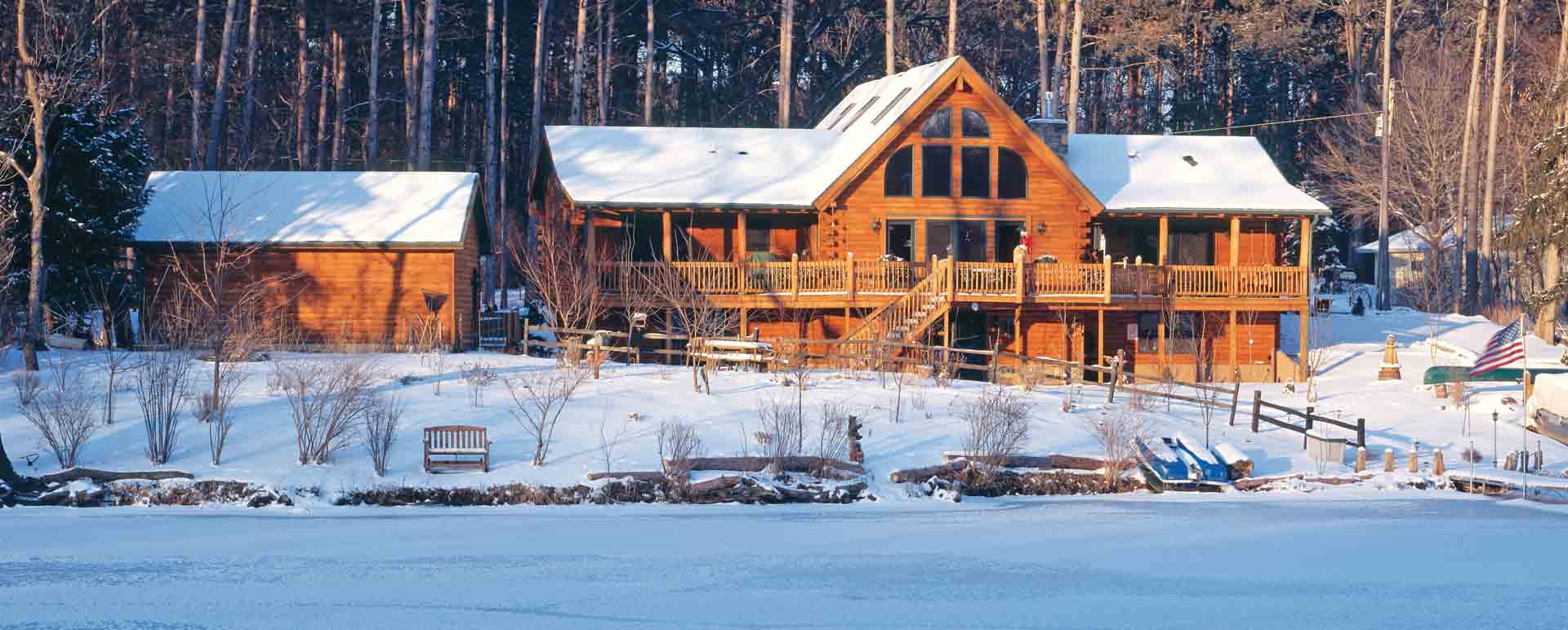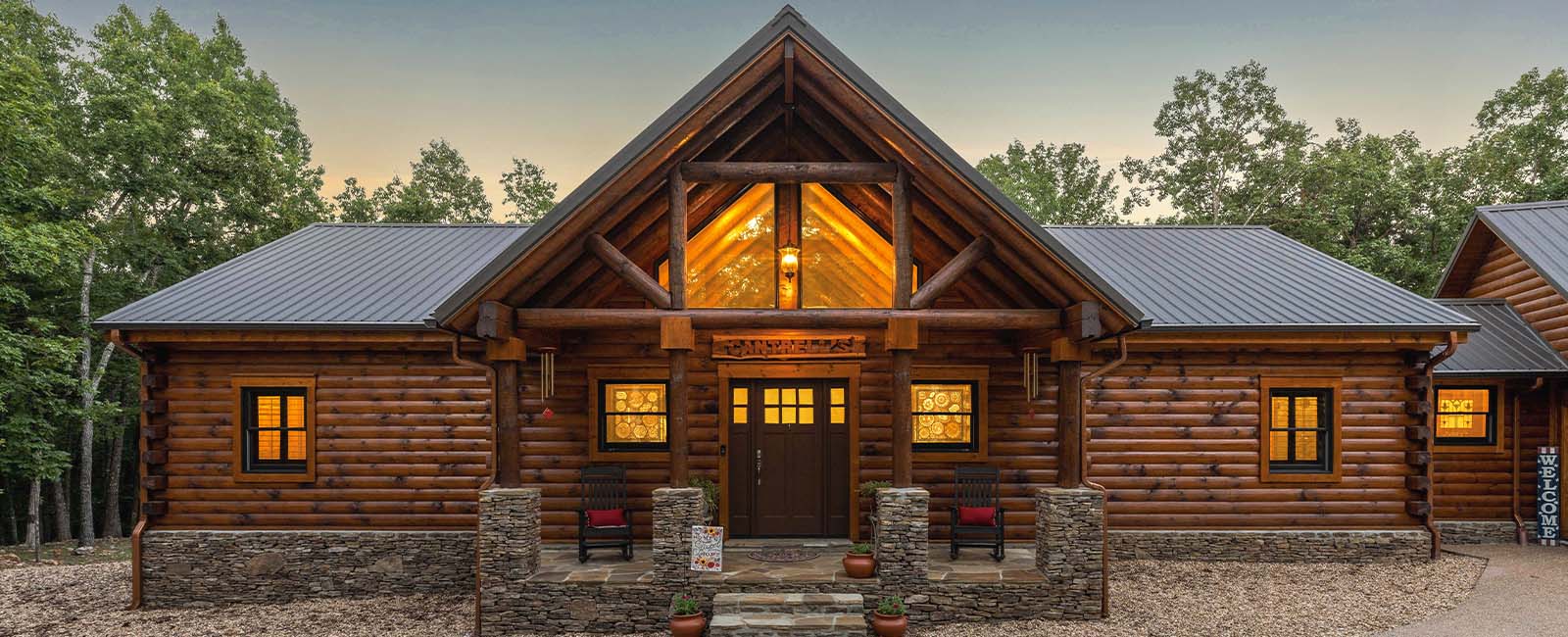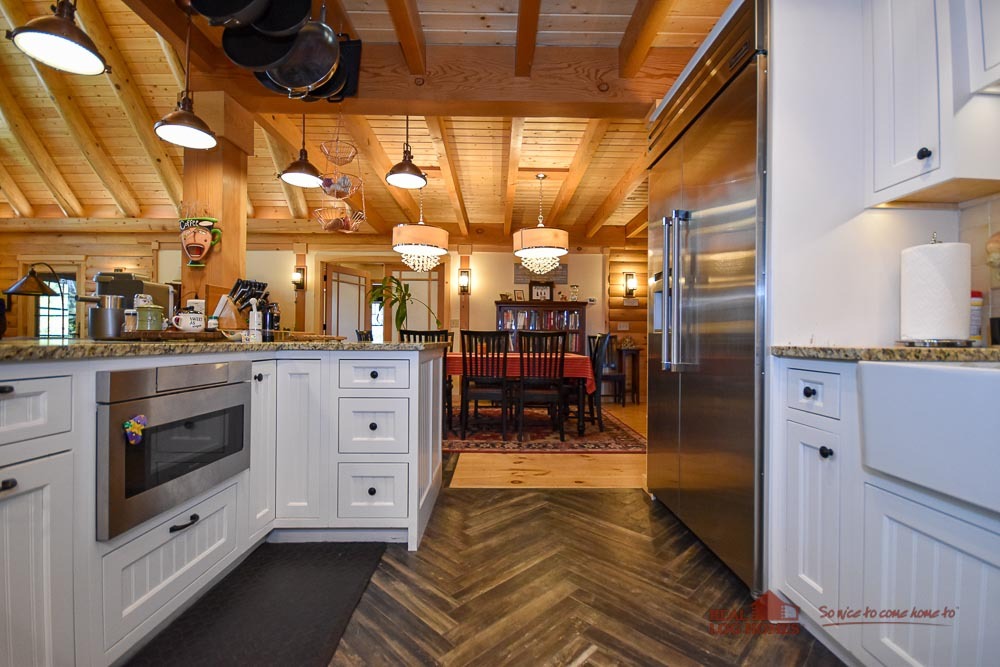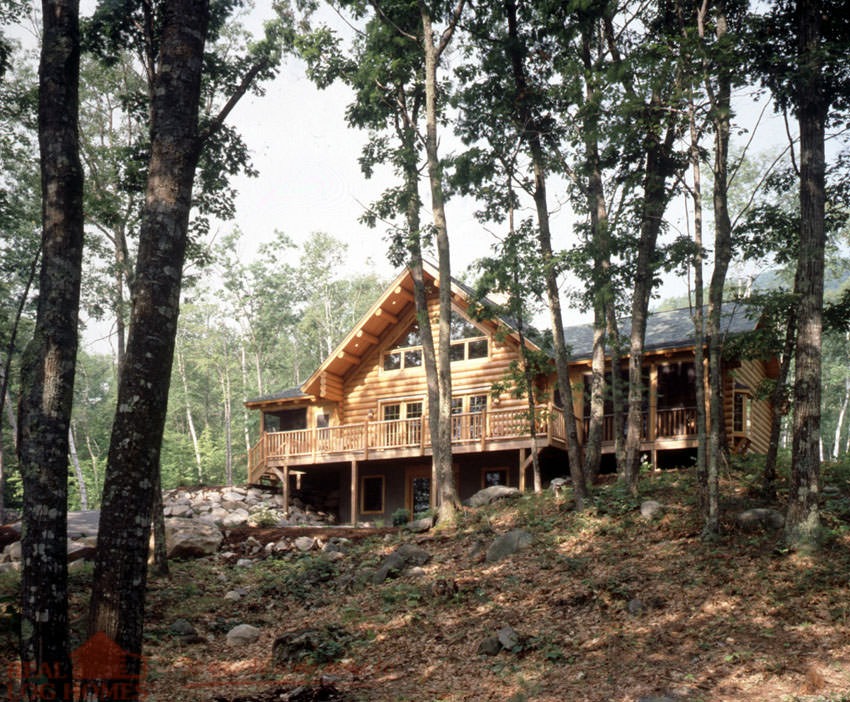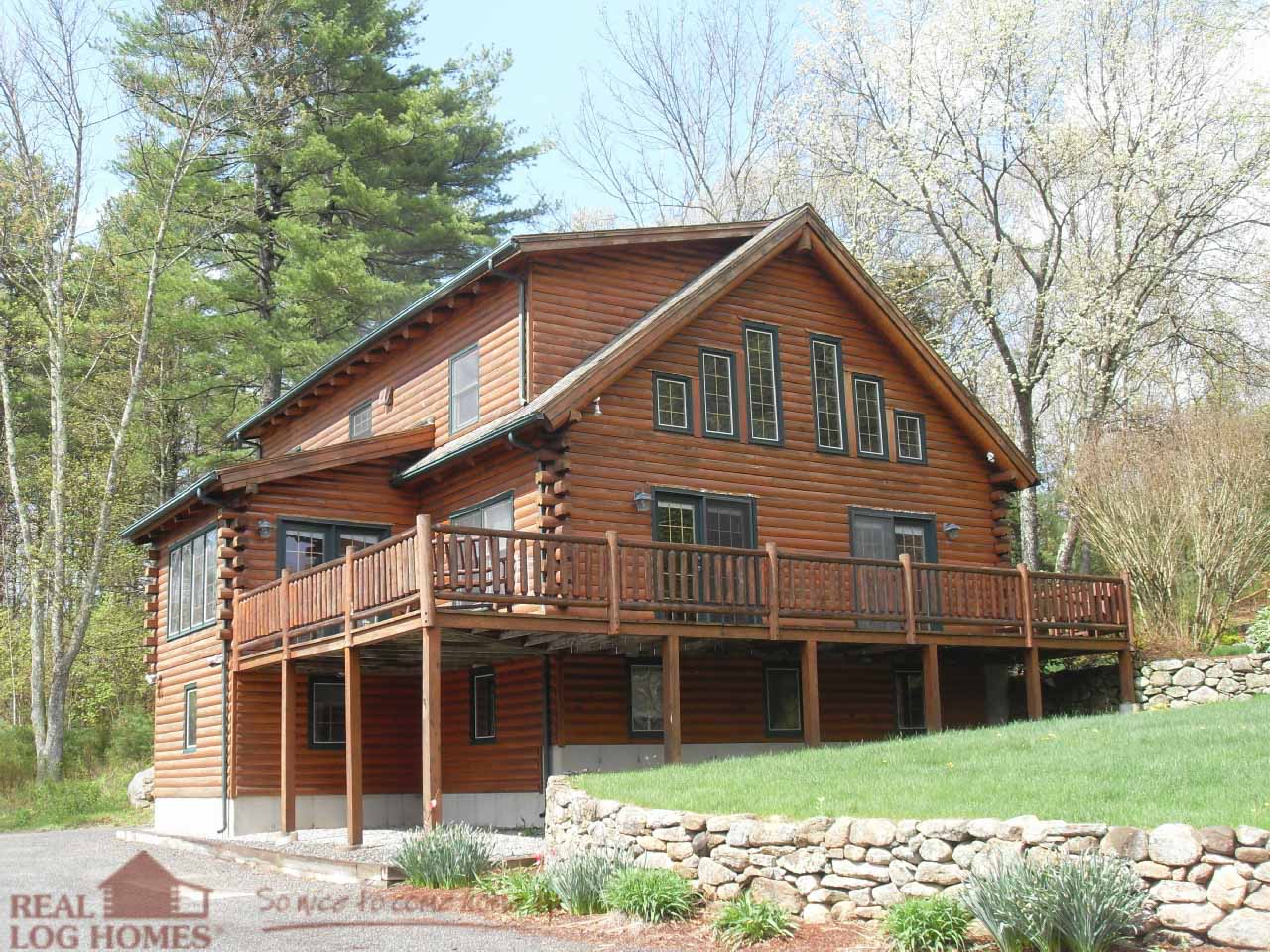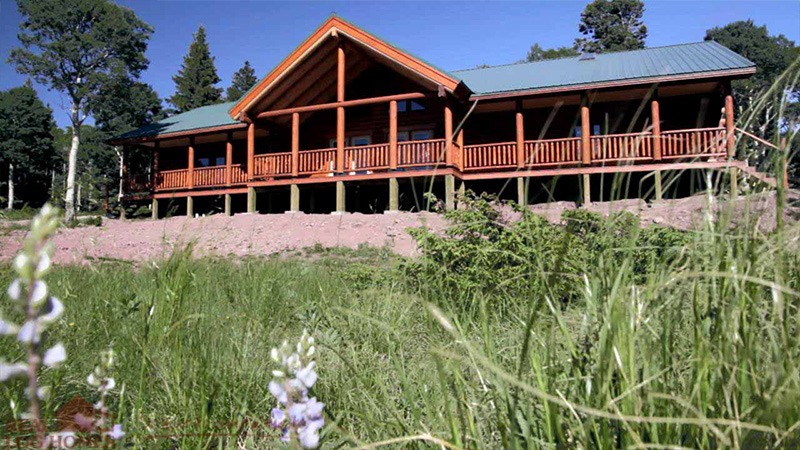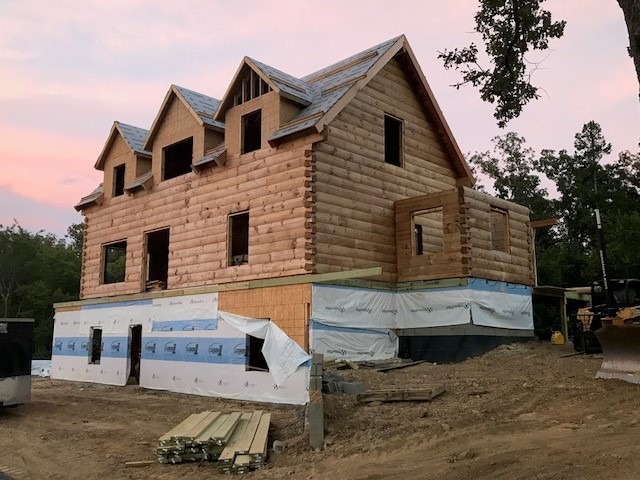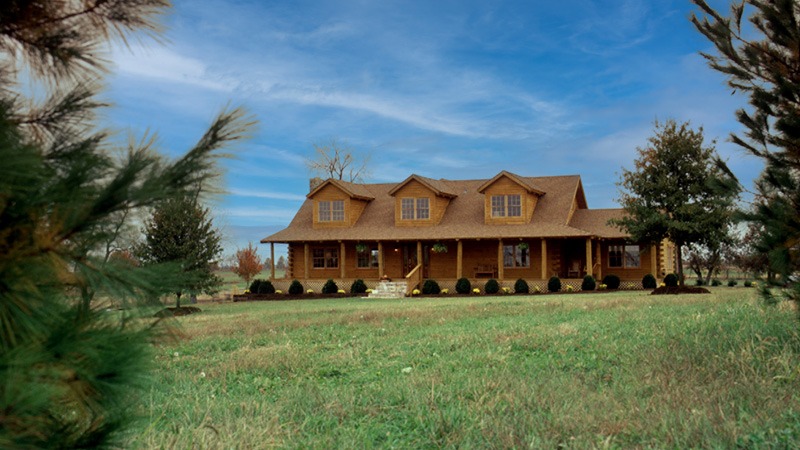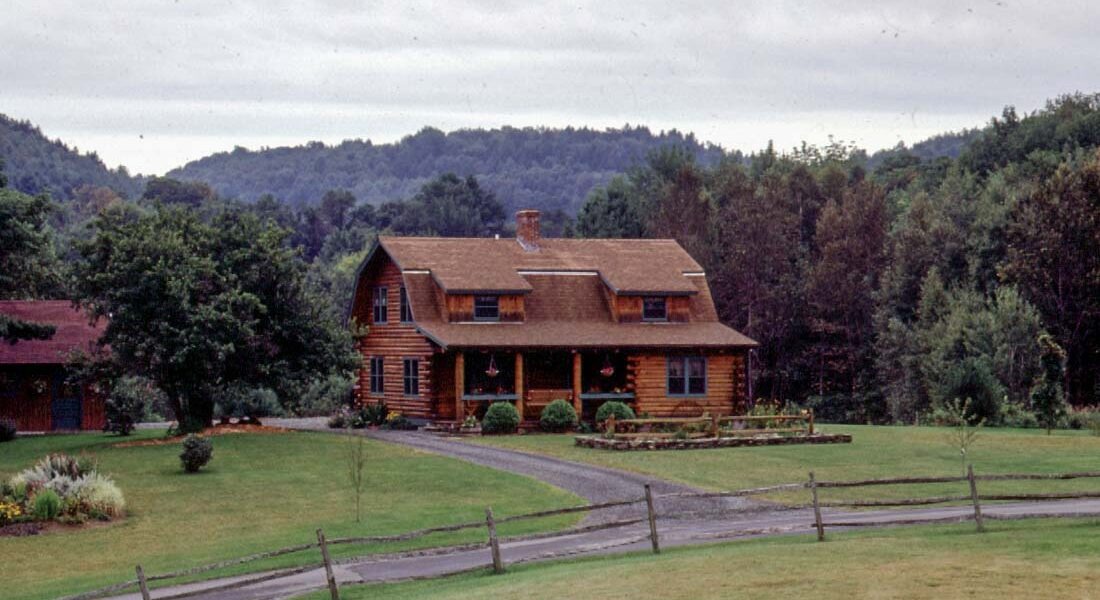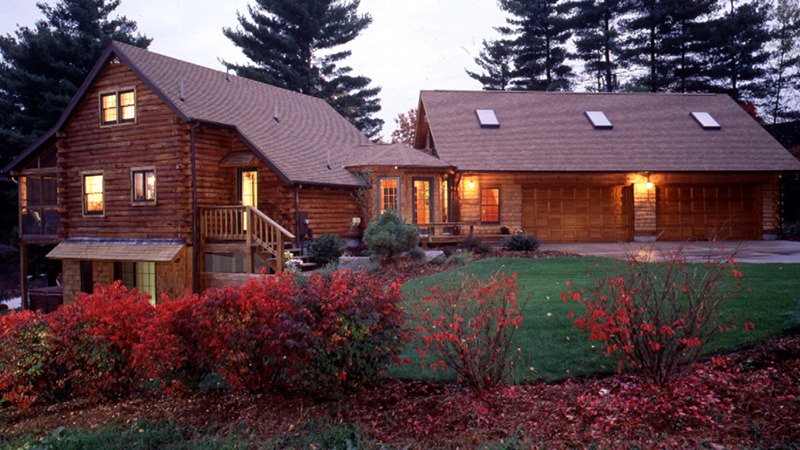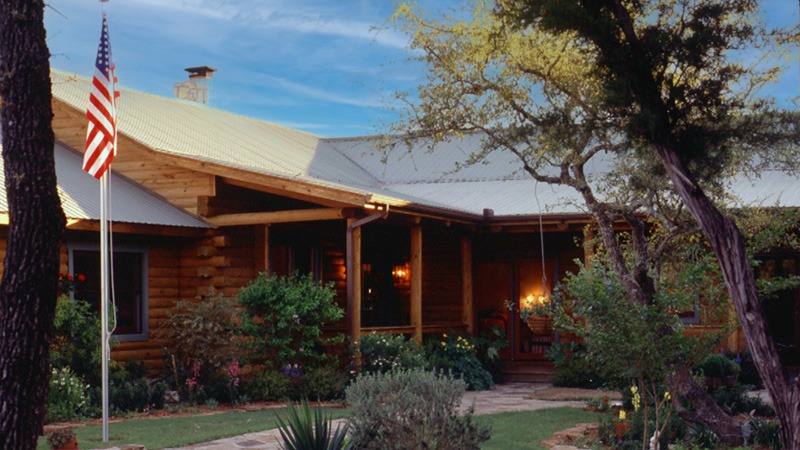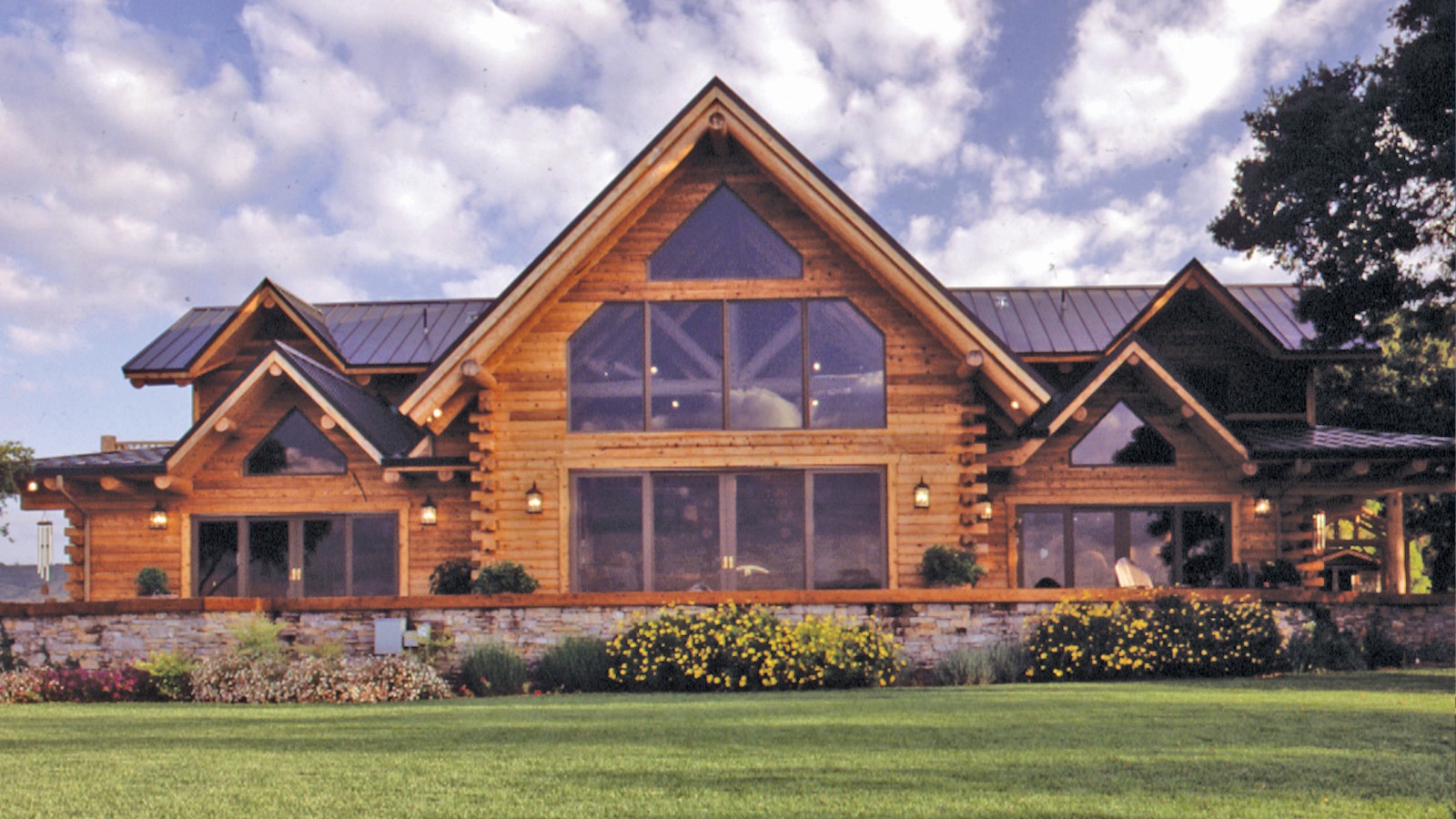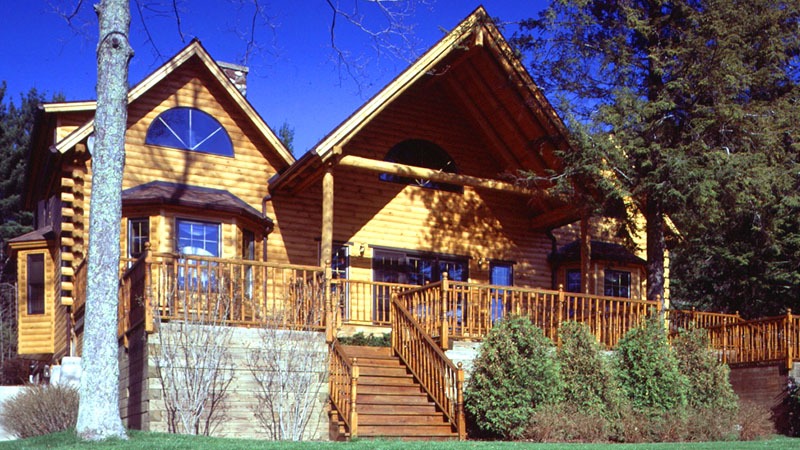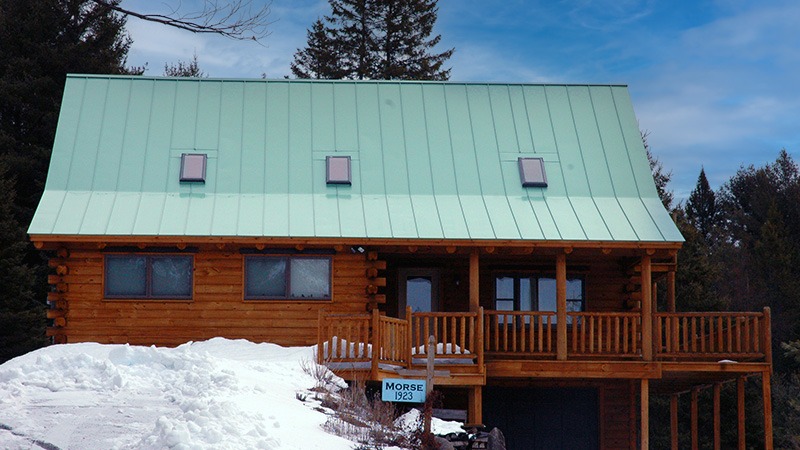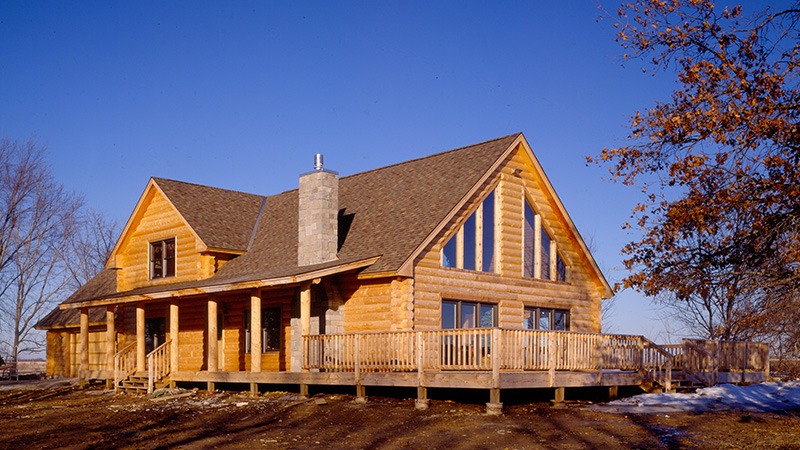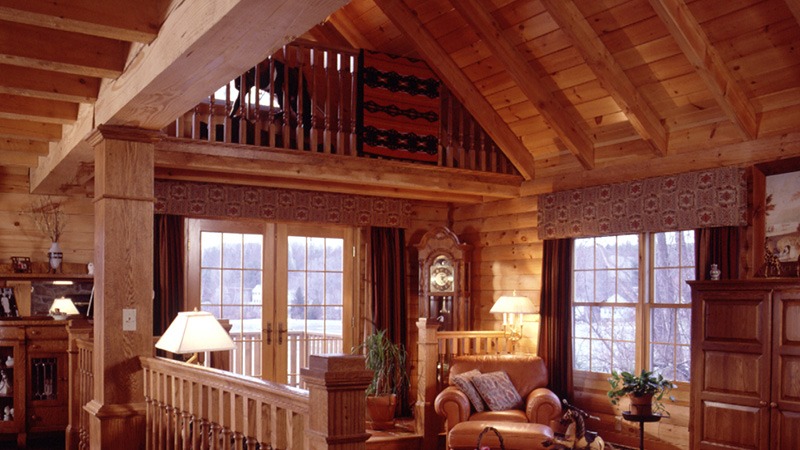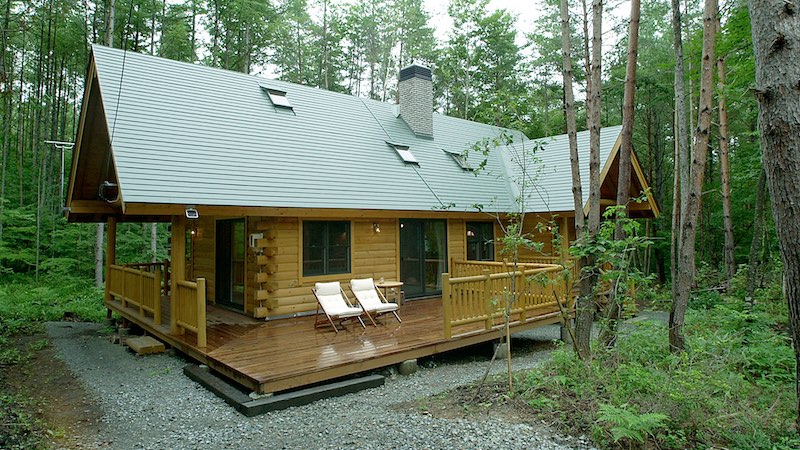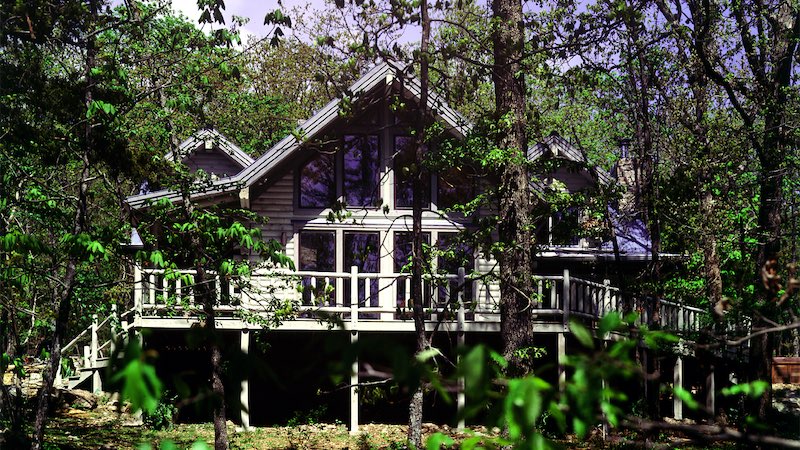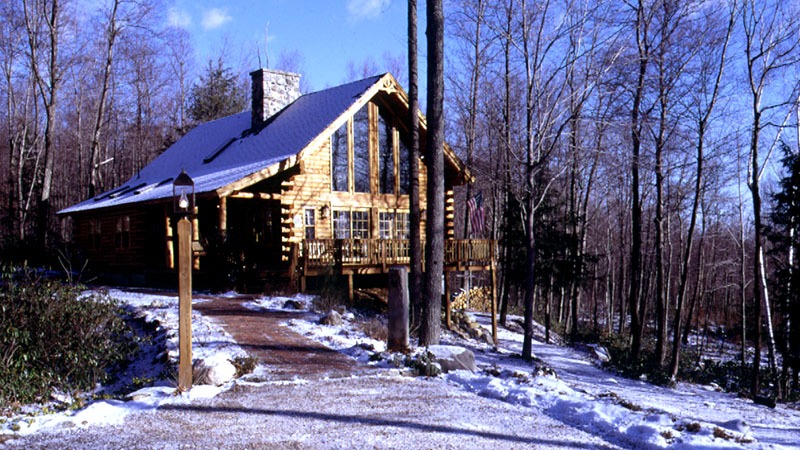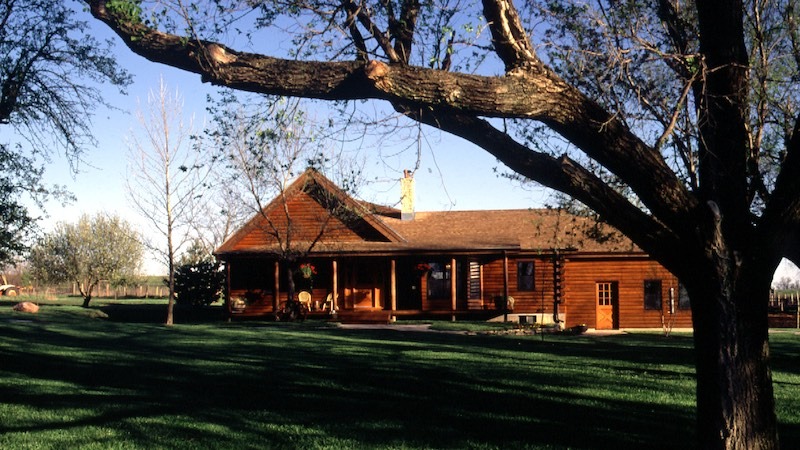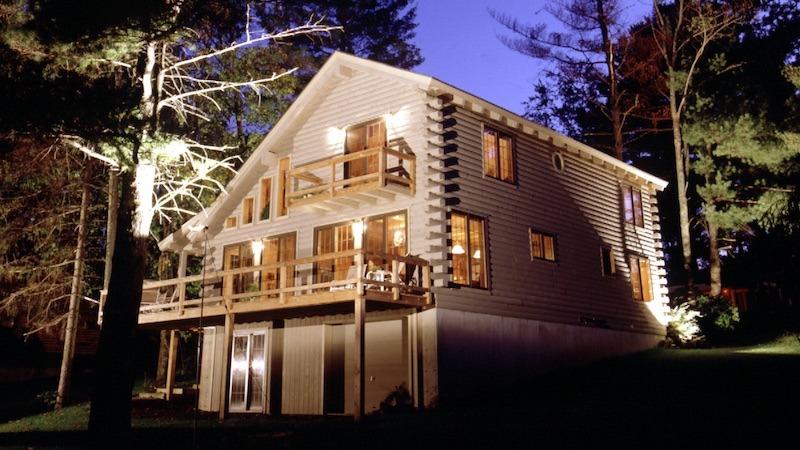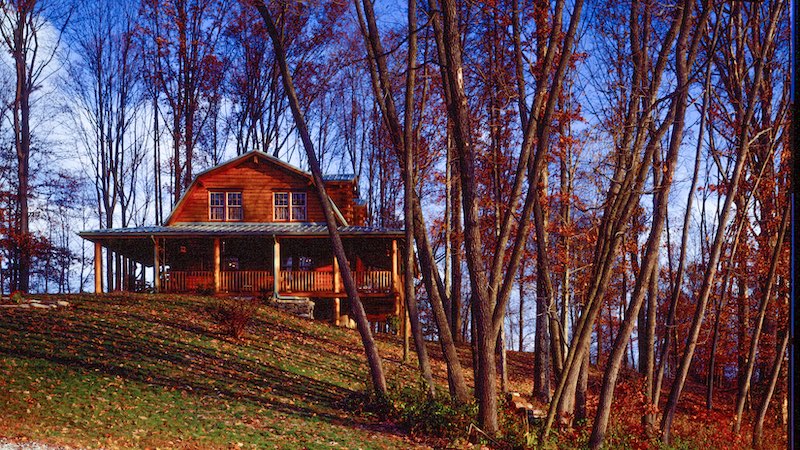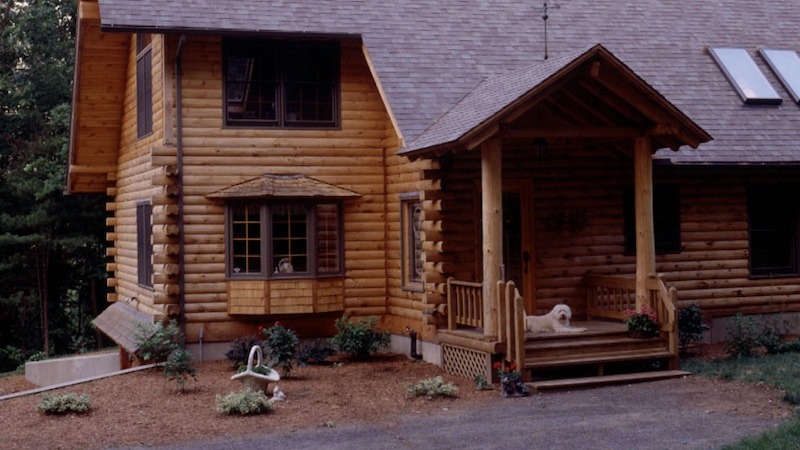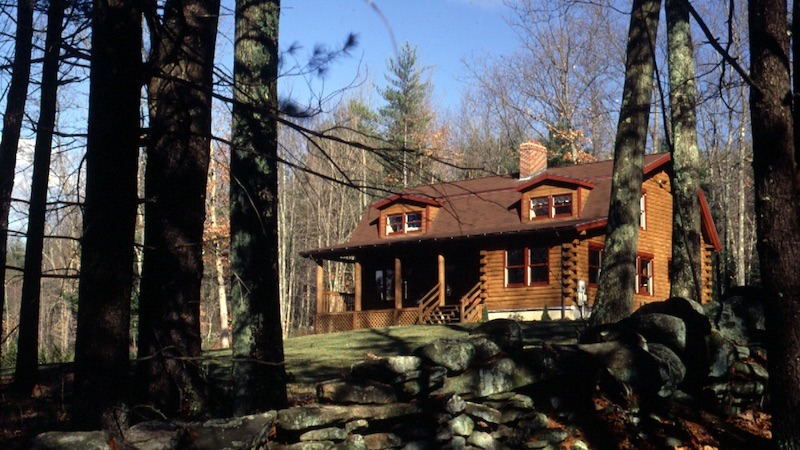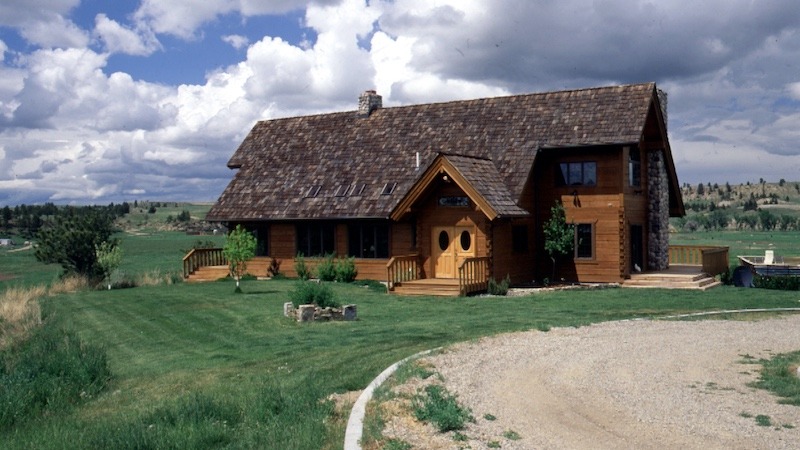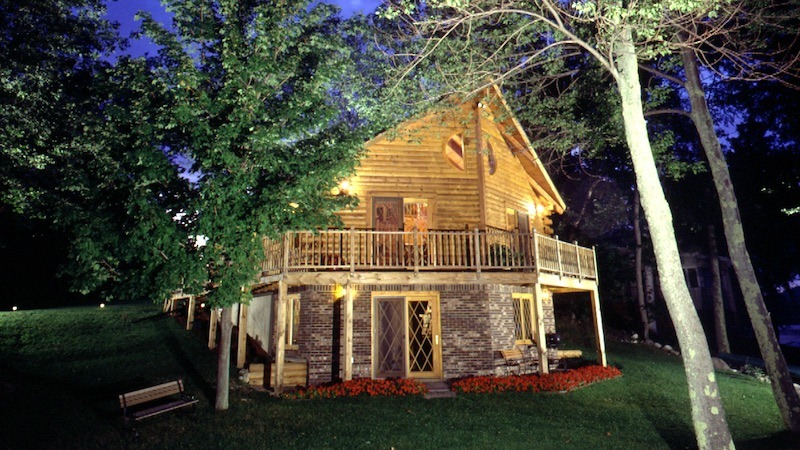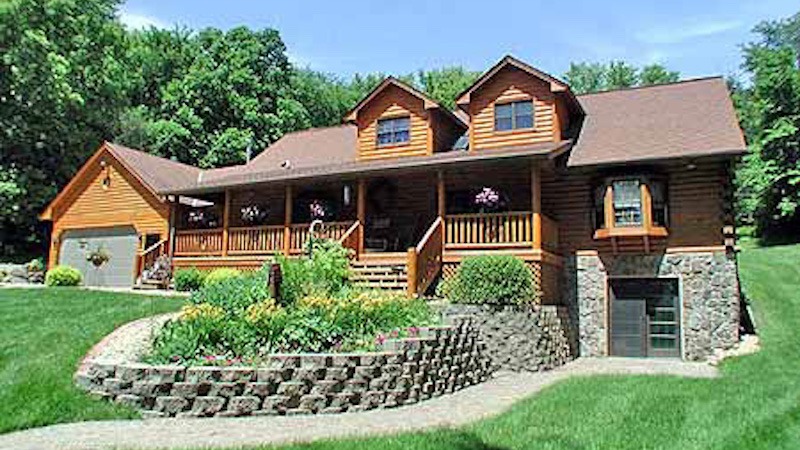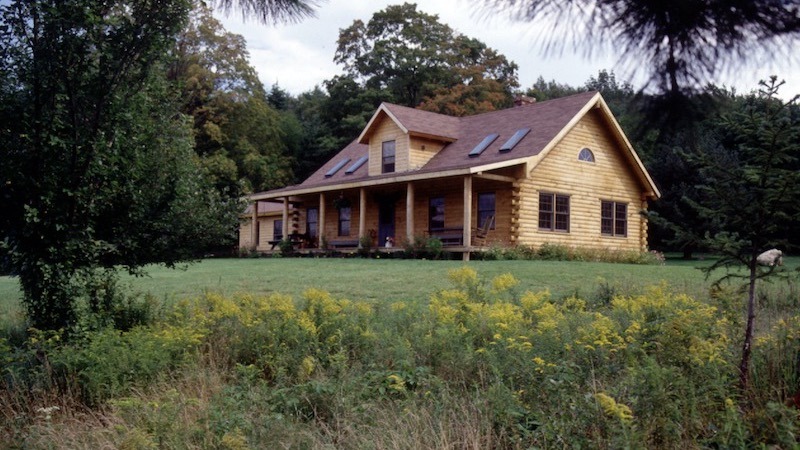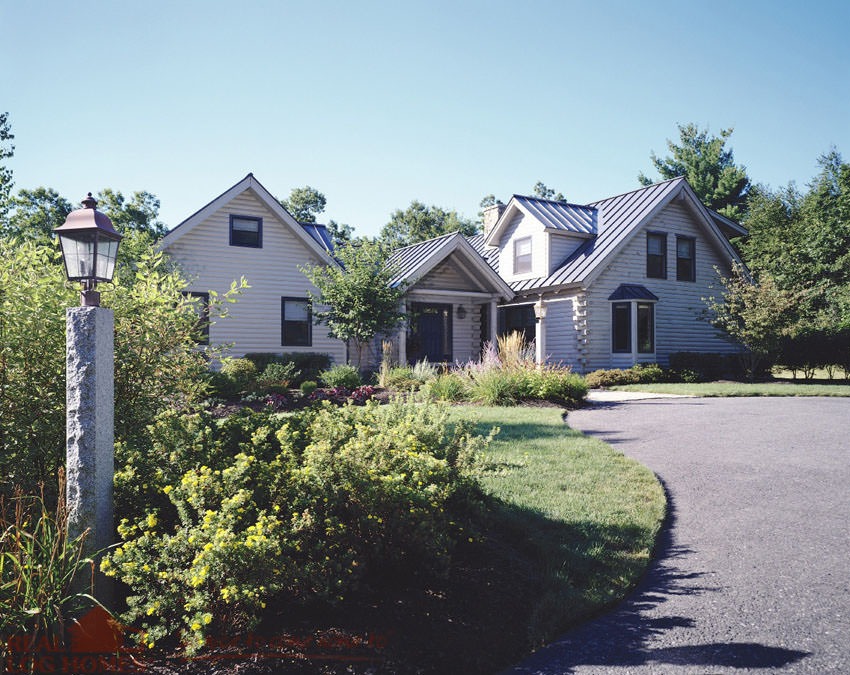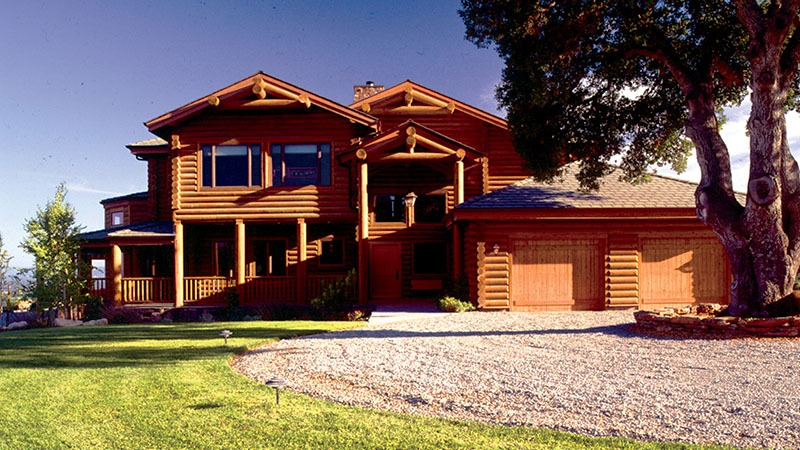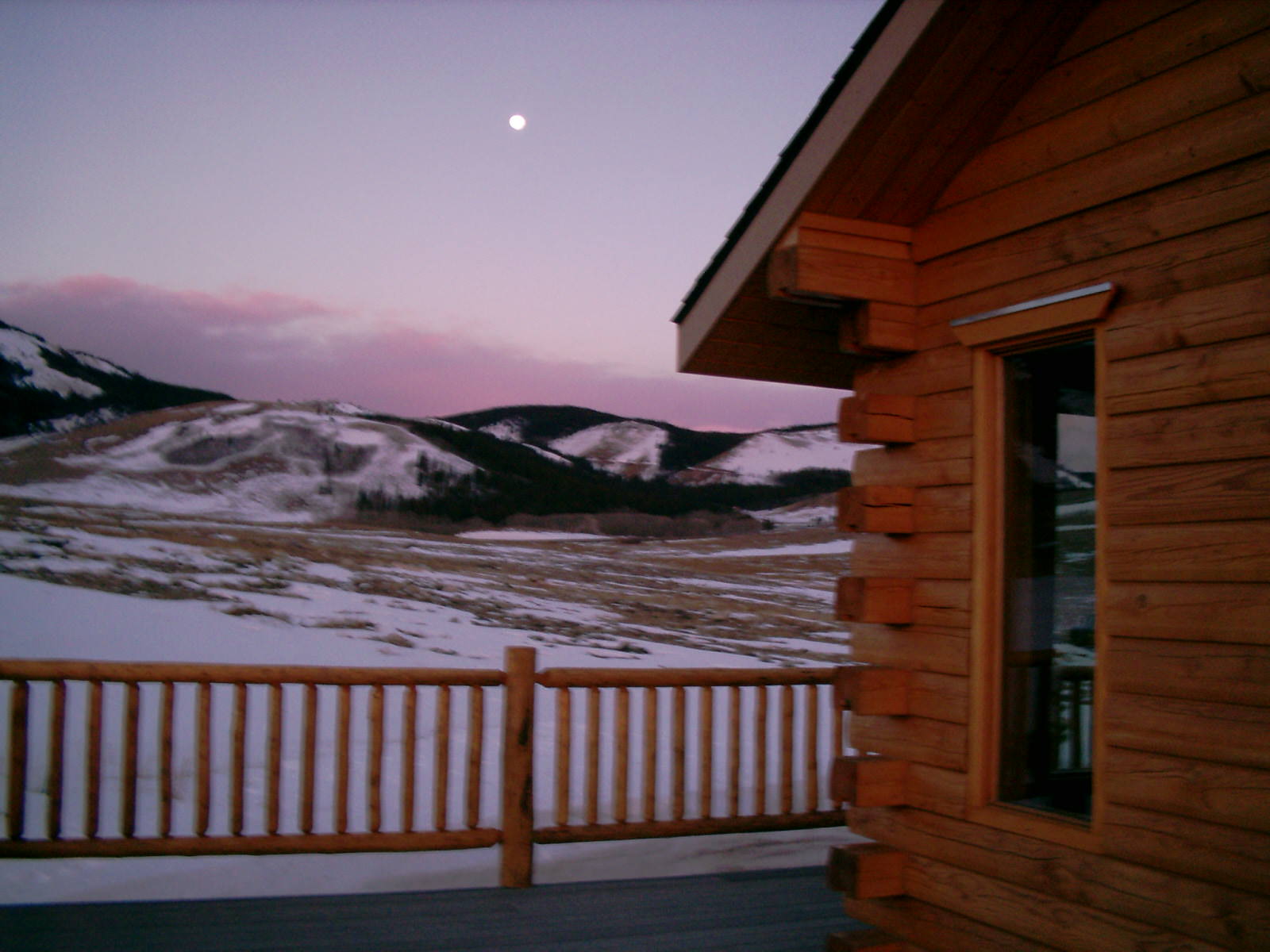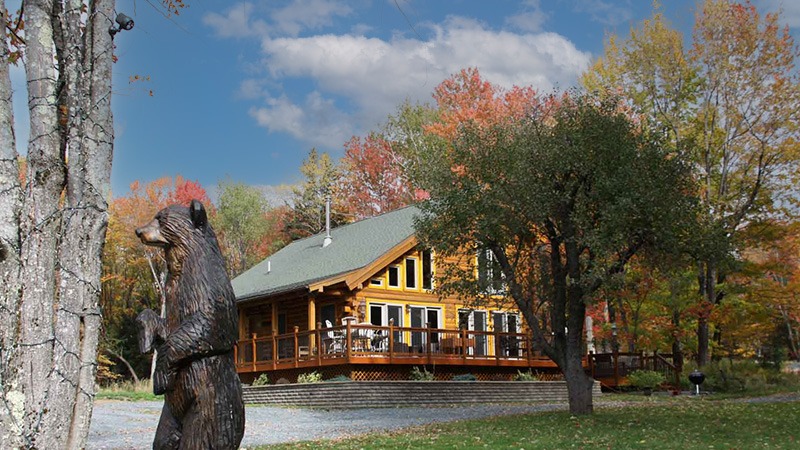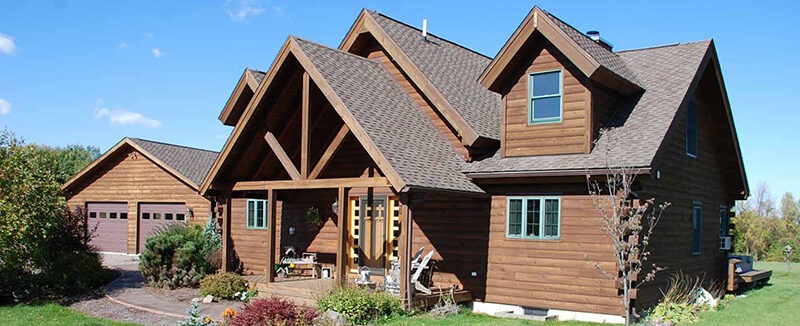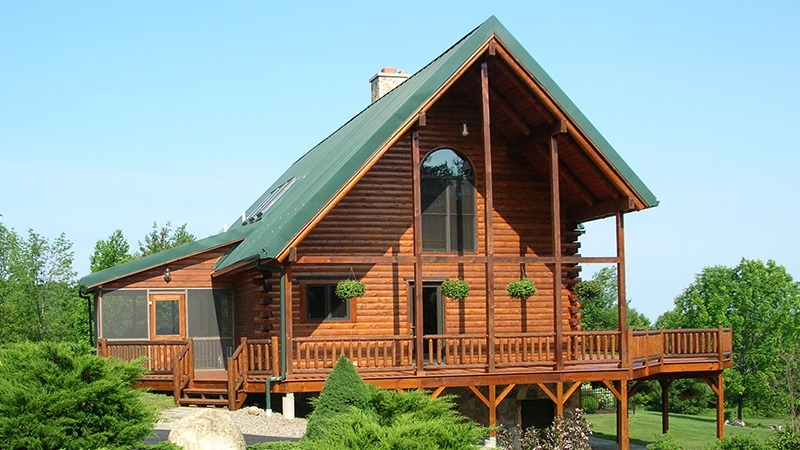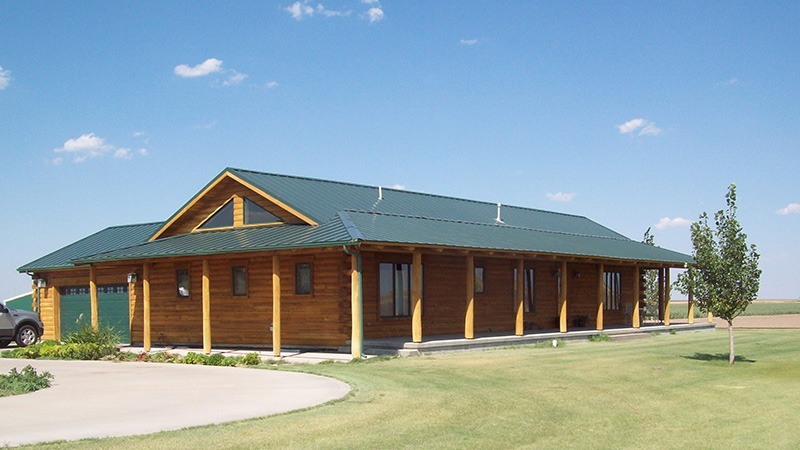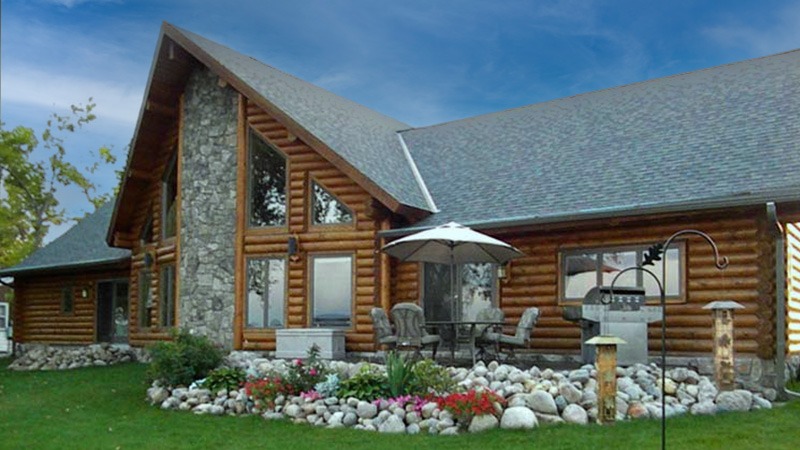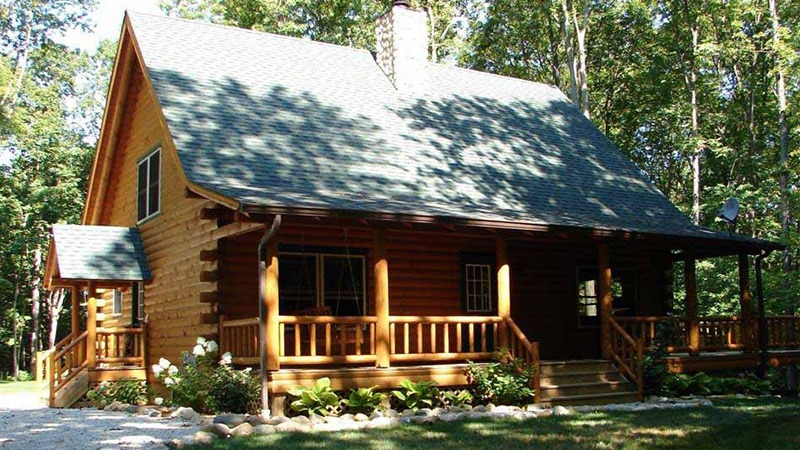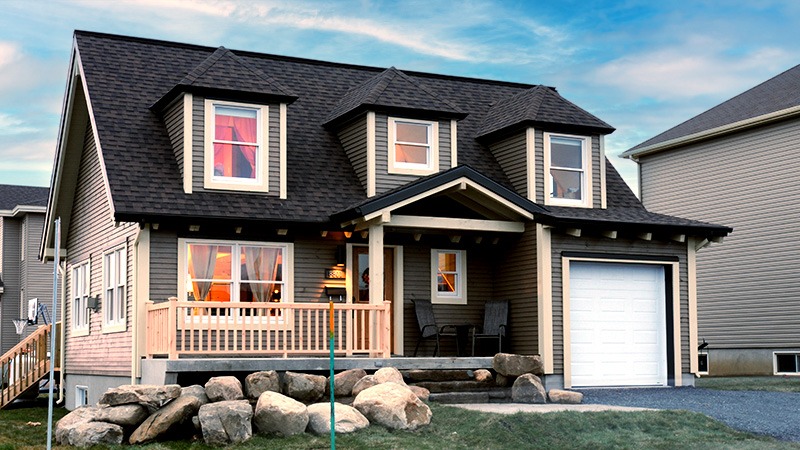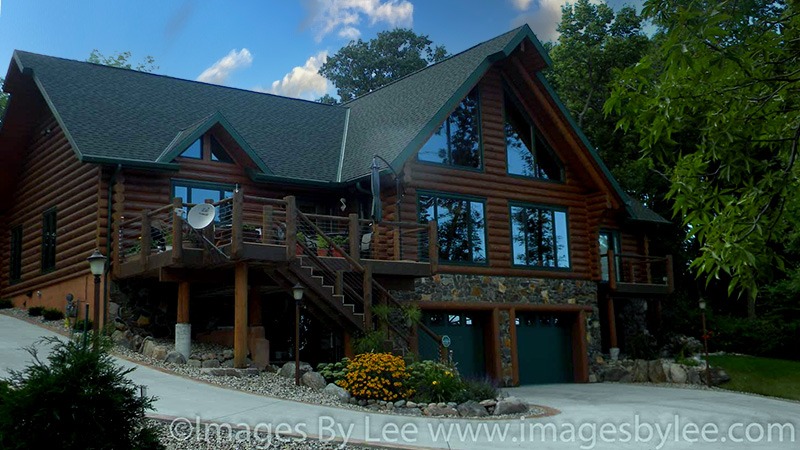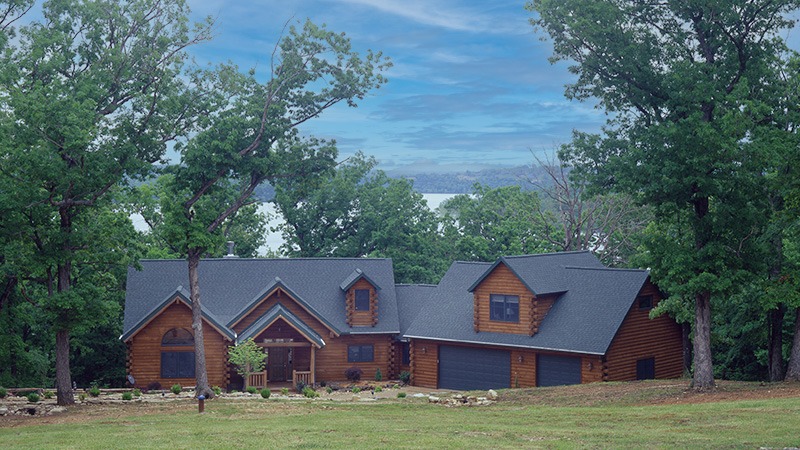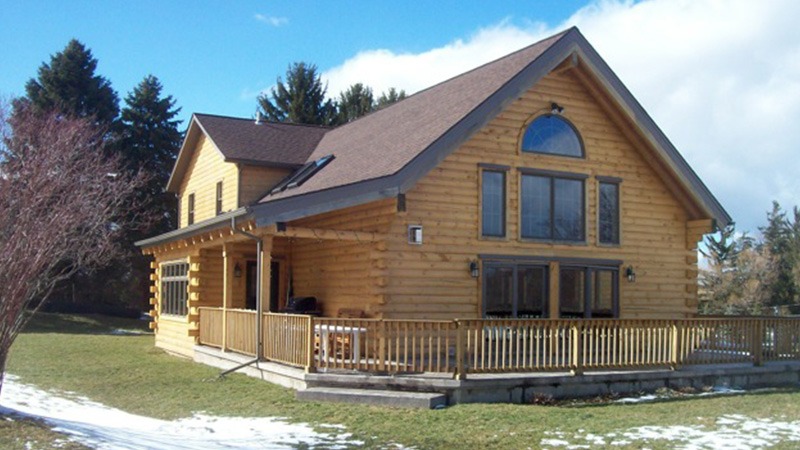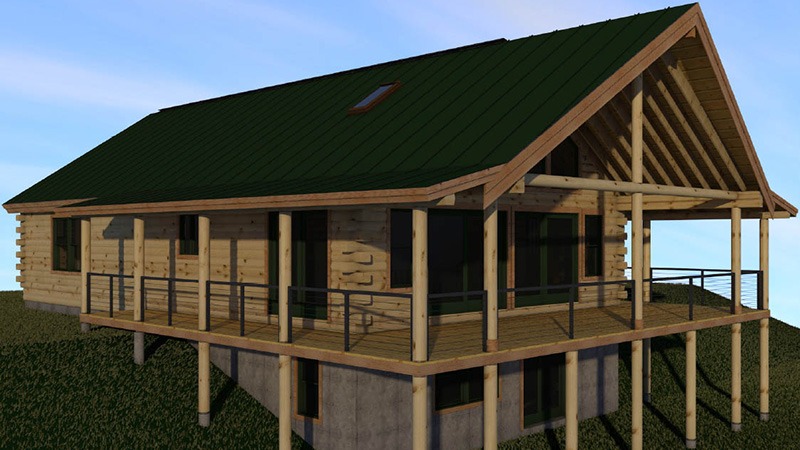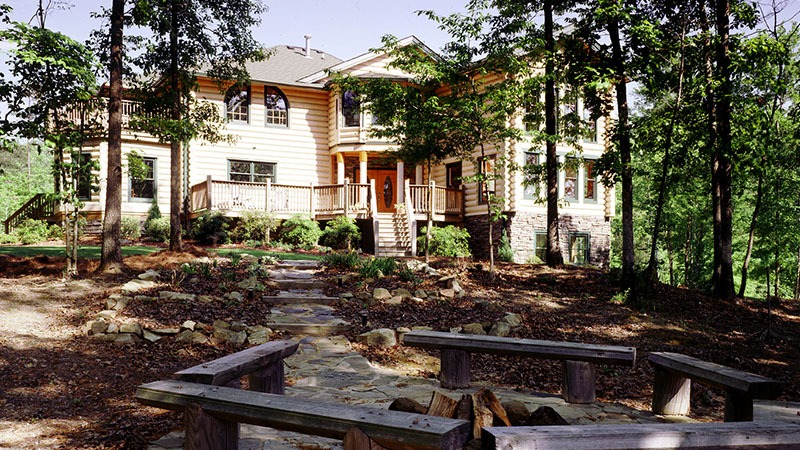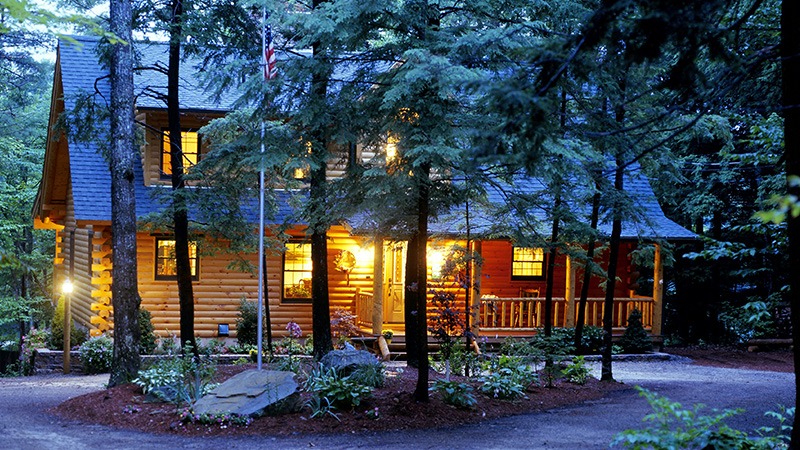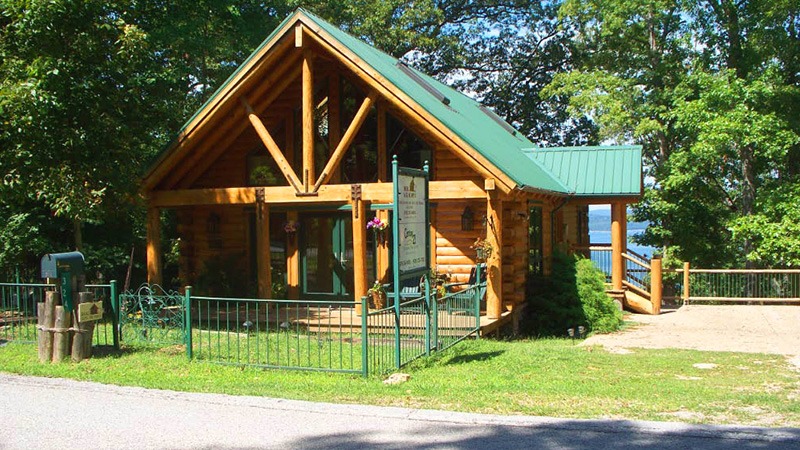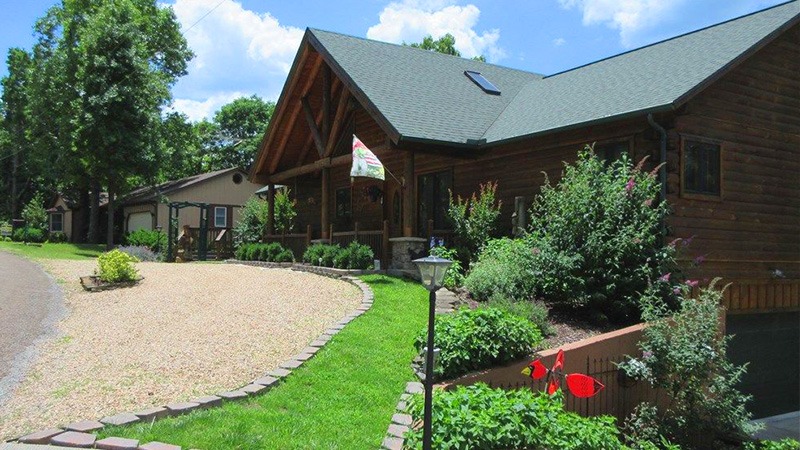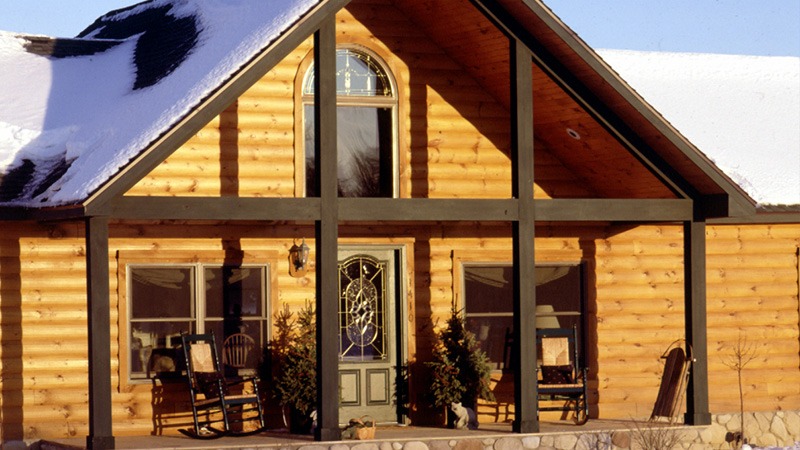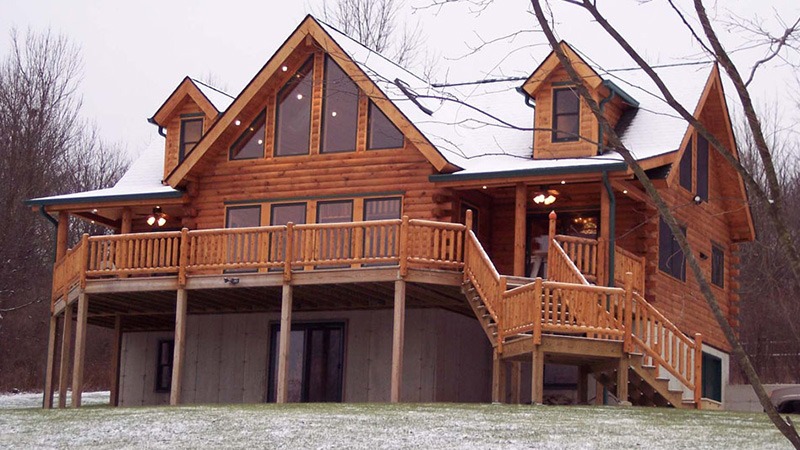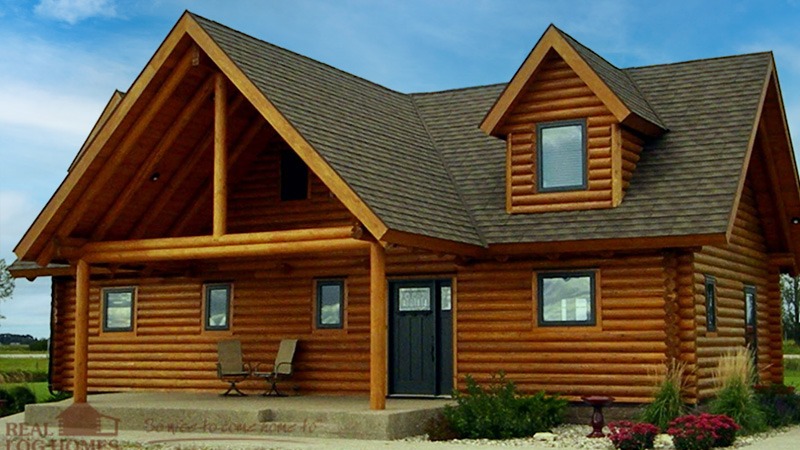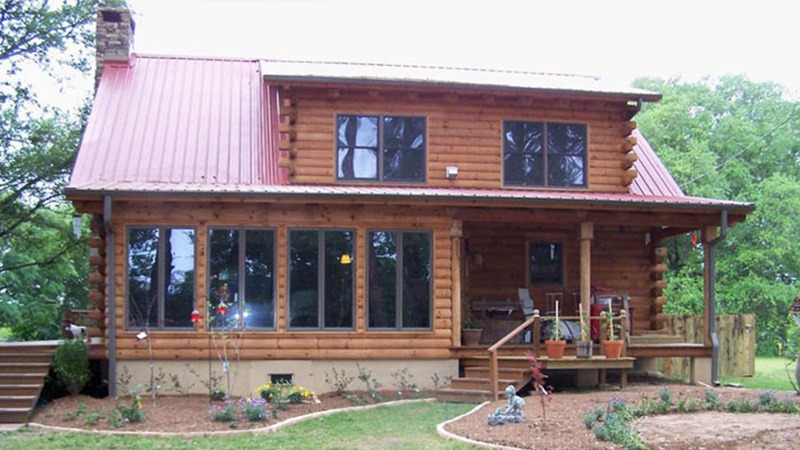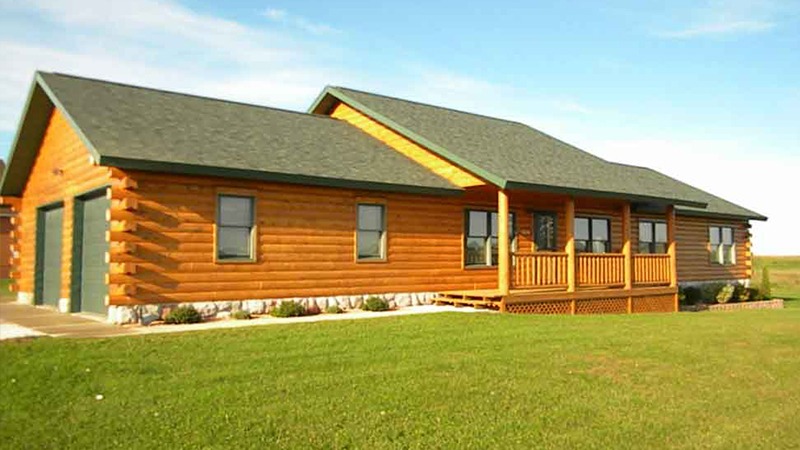With the great weather most of the country has been having, and the unofficial start to summer only two weeks away, many of us have found our attention shifting to the outdoors. Indeed, the most popular posts and search terms on the blog this week have all been about landscaping. While we have recently talked about edging, and have in the past written about landscaping, we thought a focus on when to plant your garden was in order.
Your first step to determining when to plant is to look up your frost free date. Using a calculator is your best tool here. For example, our local data for Hanover, NH shows an average frost free date of May 11. This means there is still a 50% risk of frost after this date. If you wish to wait to plant until there is less than a 20% chance of frost, then you should wait at least another week until May 20th.
Armed with the knowledge of your frost-free date, you can set about planning when to plant various species. Some plants are very tolerant of the cold and should even be planted well before the danger of frost has passed. Among vegetables, leafy crops like spinach, cabbage and lettuce all thrive when their seeds are planted soon after the ground thaws. Flowers like pansies and violas also are quite frost tolerant. If you’ve missed the window to plant cool-season vegetables this year, they can also be planted in late summer for use as a fall crop.
The group of plants that many gardeners should be planting now are ones that can withstand only light frost. Some, like carrots, can be planted now as seeds and will only start to germinate once the weather is favorable. Others, like peas and bok choy, can sprout leaves and still weather temperatures down to around 28 degrees. Geraniums are an example of a flower that also falls in this range.
Other plants should only go in the ground once all danger of frost has passed. Tomatoes are perhaps the most notoriously frost-sensitive plant, but all nightshades (including potatoes and peppers) should be kept from frost. Corn and melon plants are also very sensitive to frost, as are any topical ornamental plants. If you want to start these before your frost-free date, then planting in containers is an ideal choice. This allows you to bring the containers into a sheltered or heated space if the temperature threatens the plant while it is young. Of course, if planting perennials, you should make sure the plants are suitable for your location’s hardiness zone.
Always plant perennials suitable for your hardiness zone.
We think all of these plants look good in the log home garden, and hope this season is a fine one for your garden as well. And if you’re looking for a log home to accompany your favorite gardening spot, please contact us.
